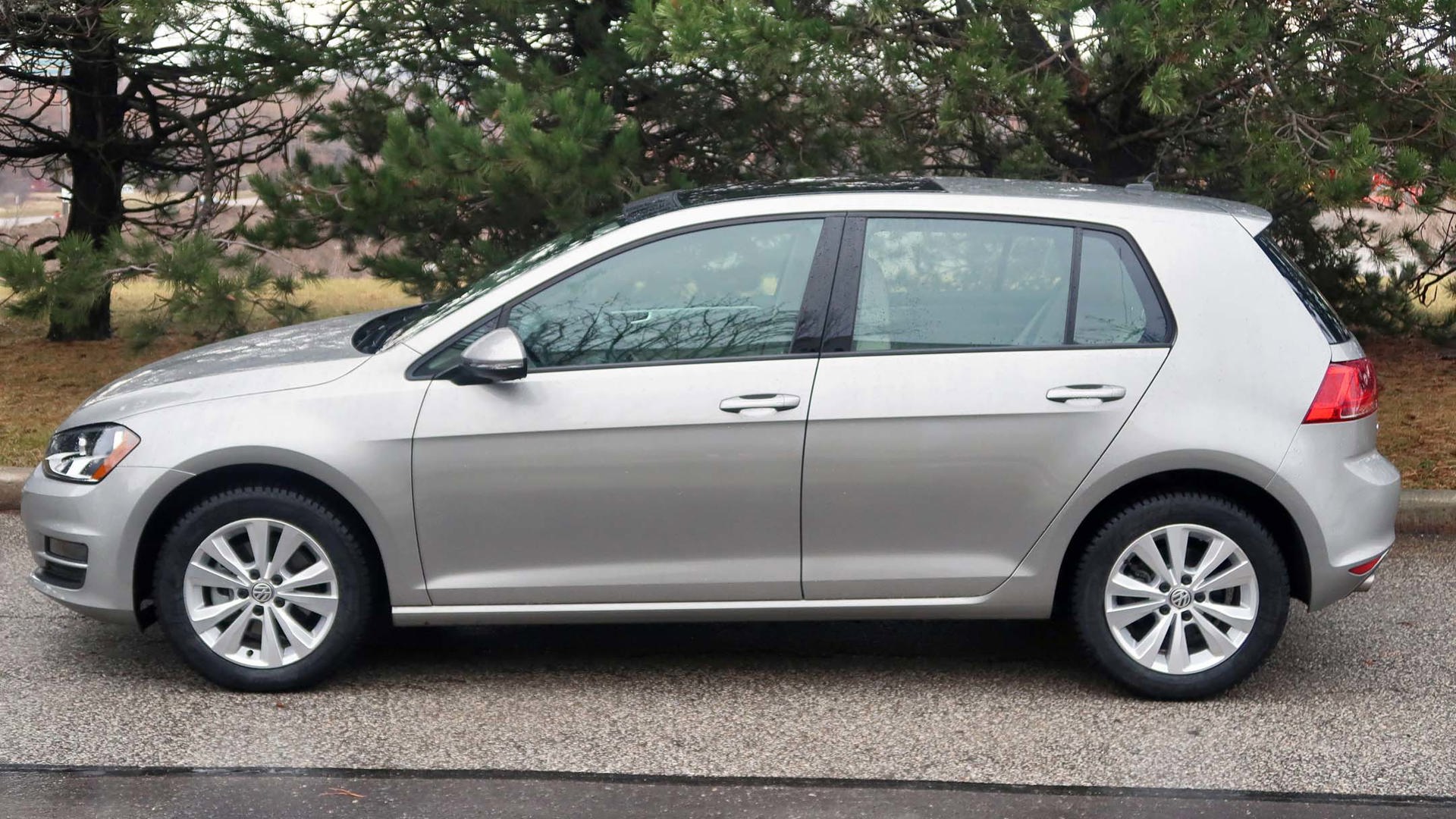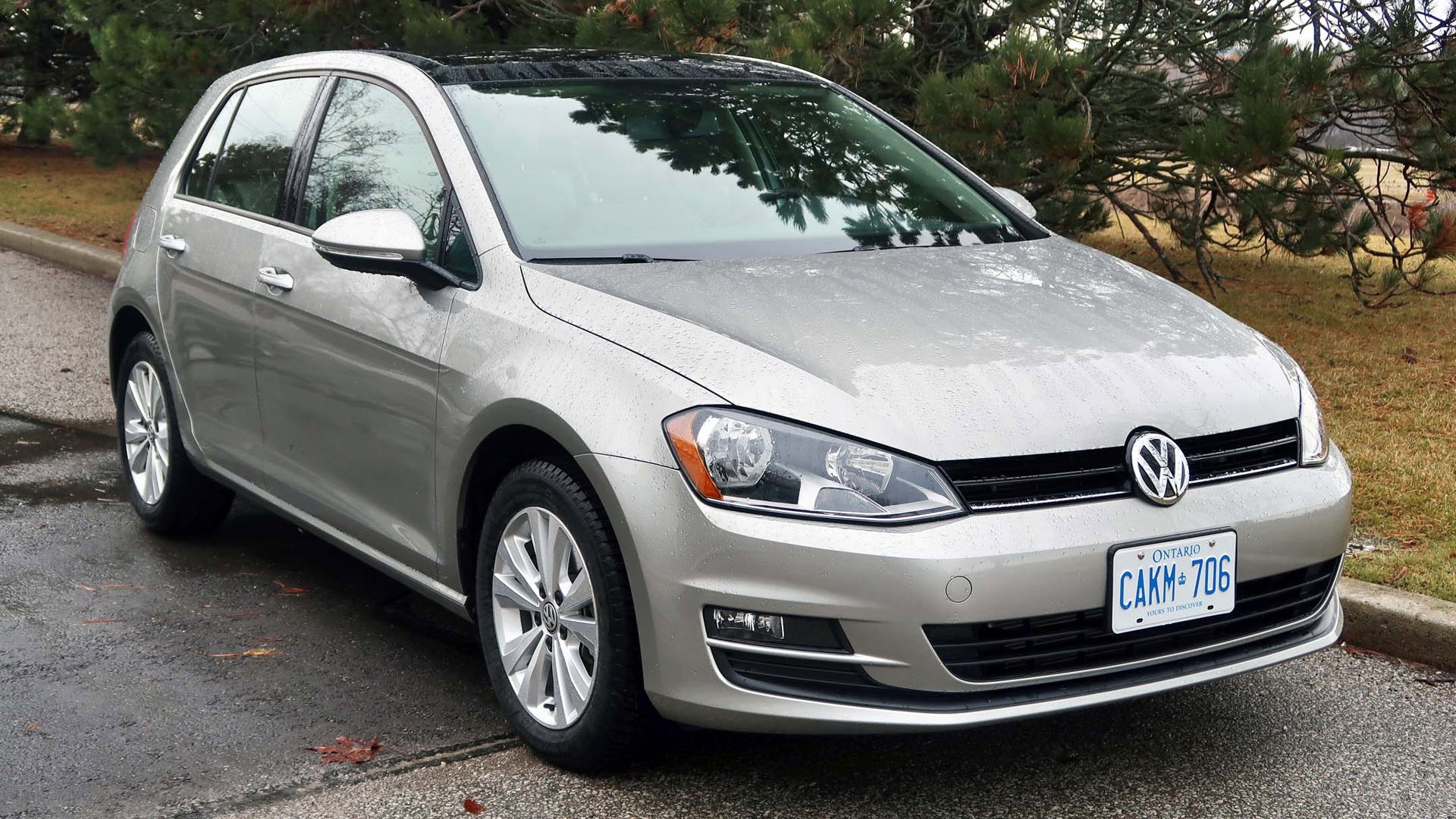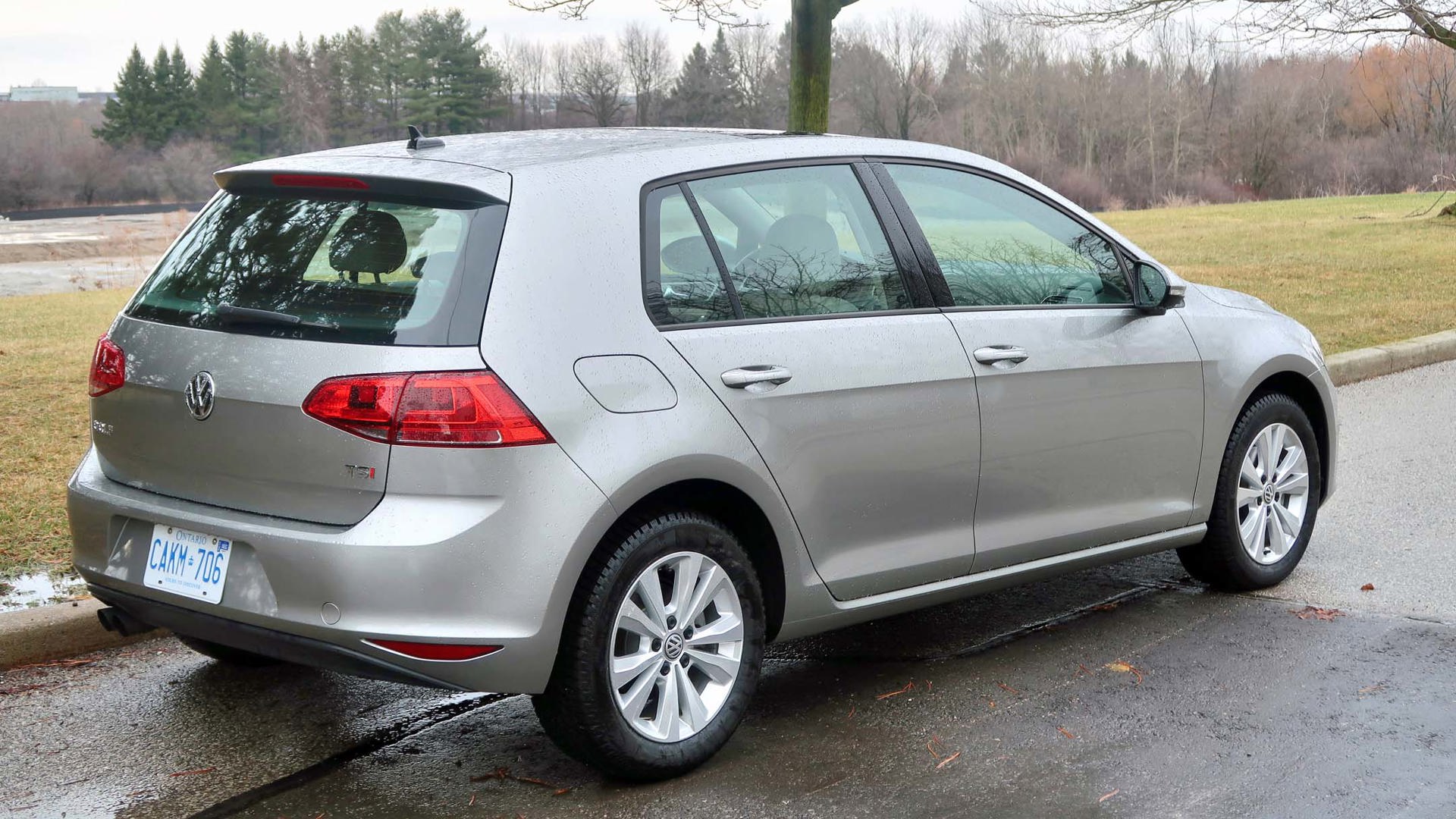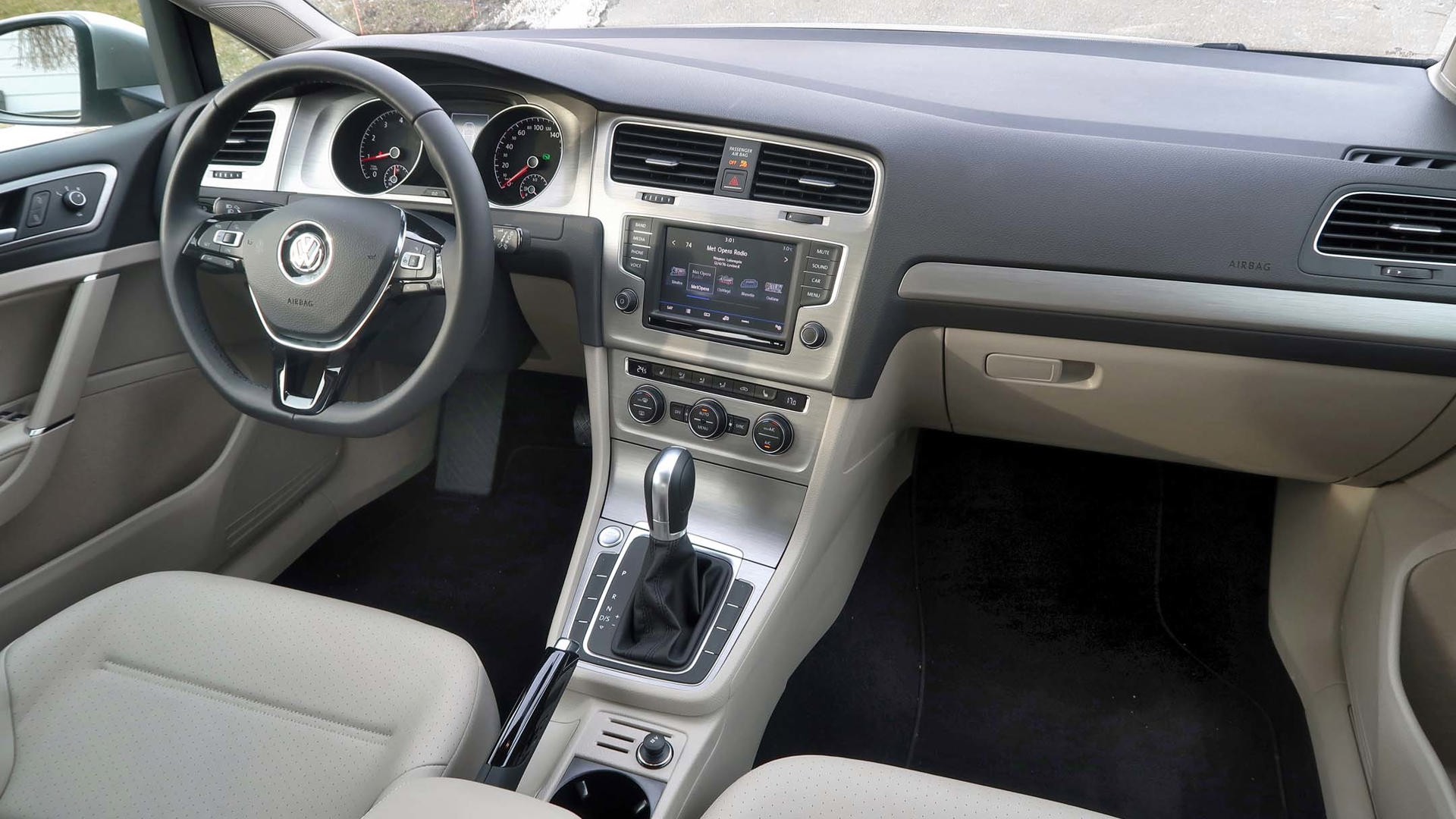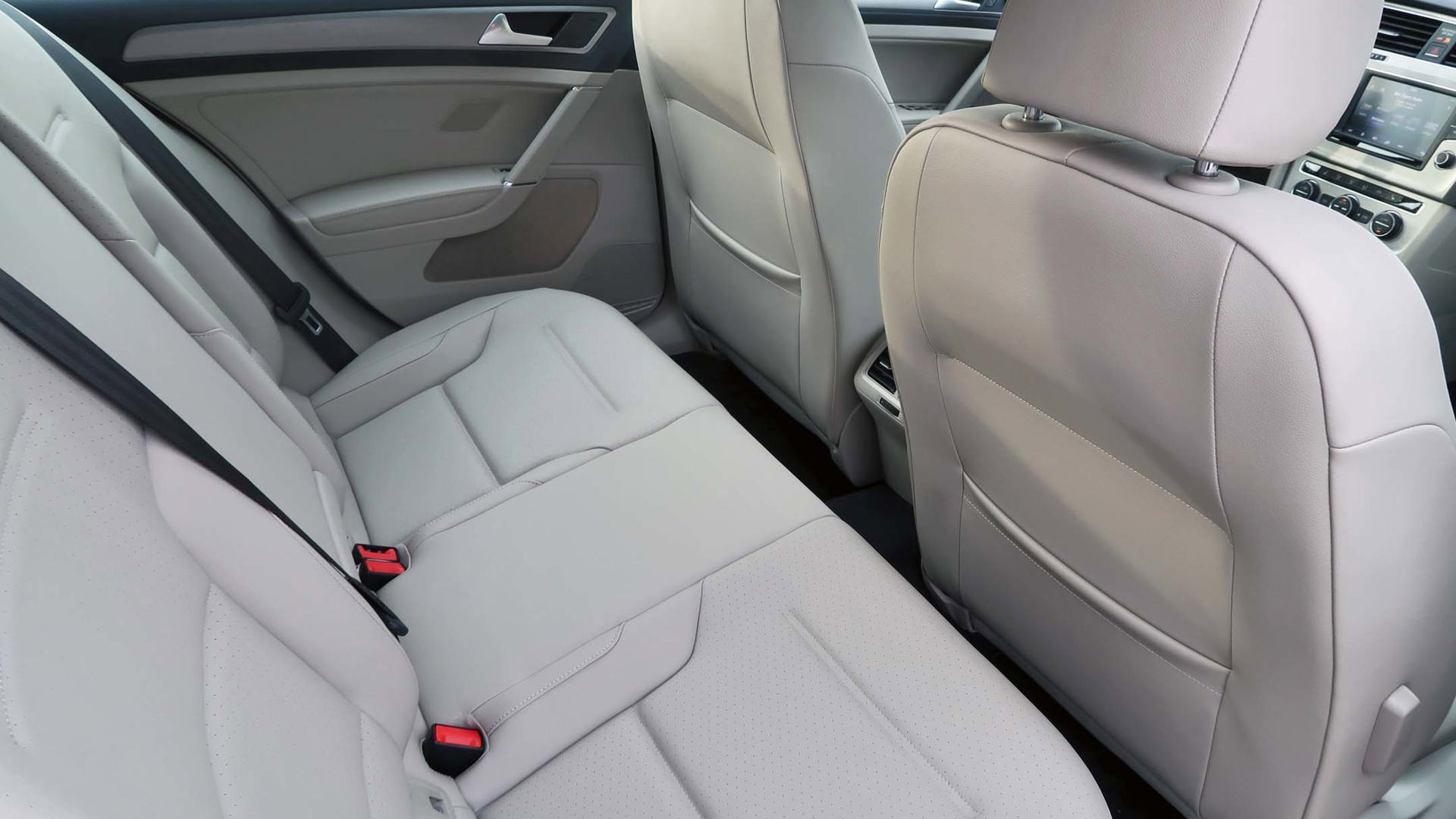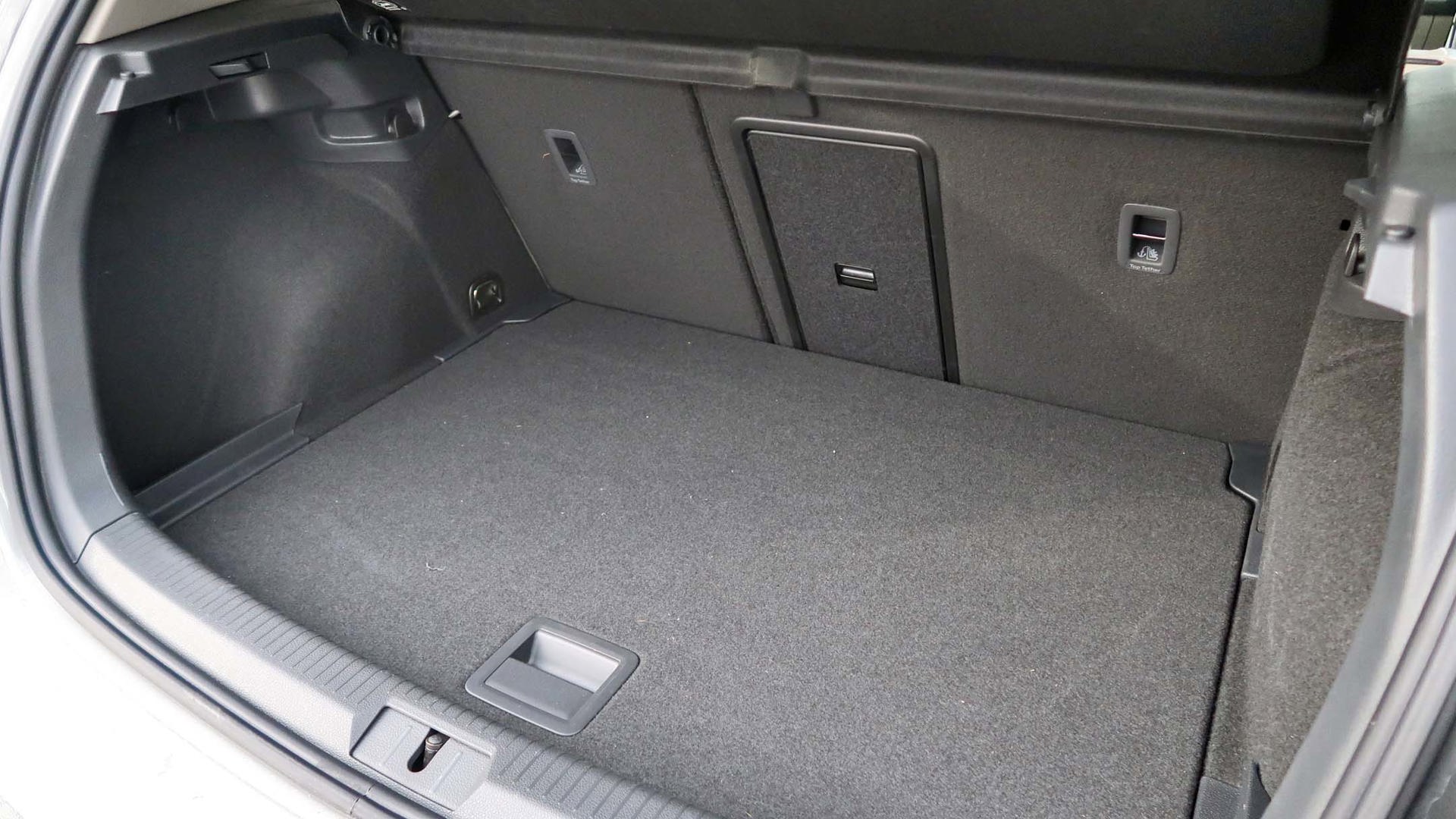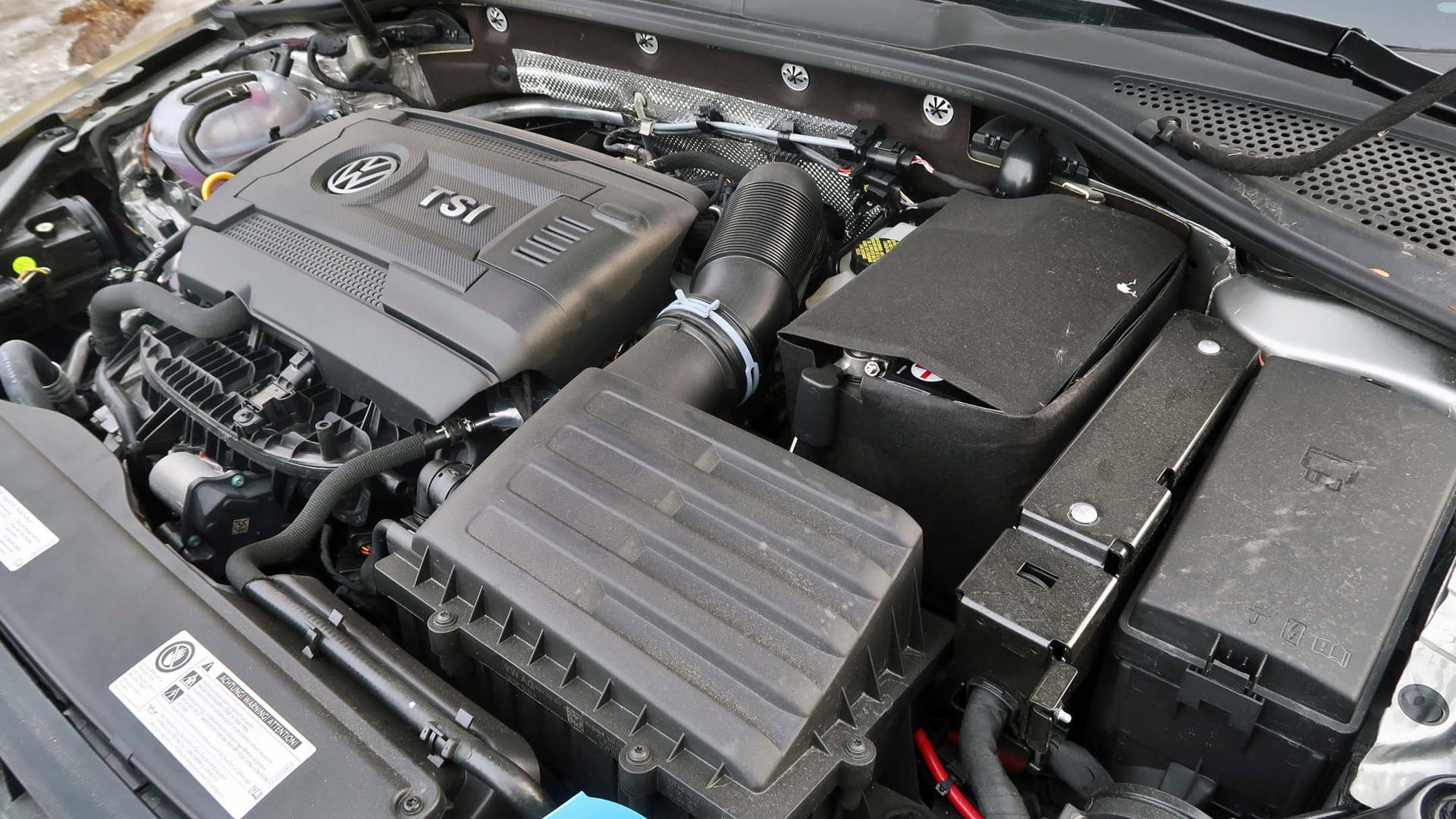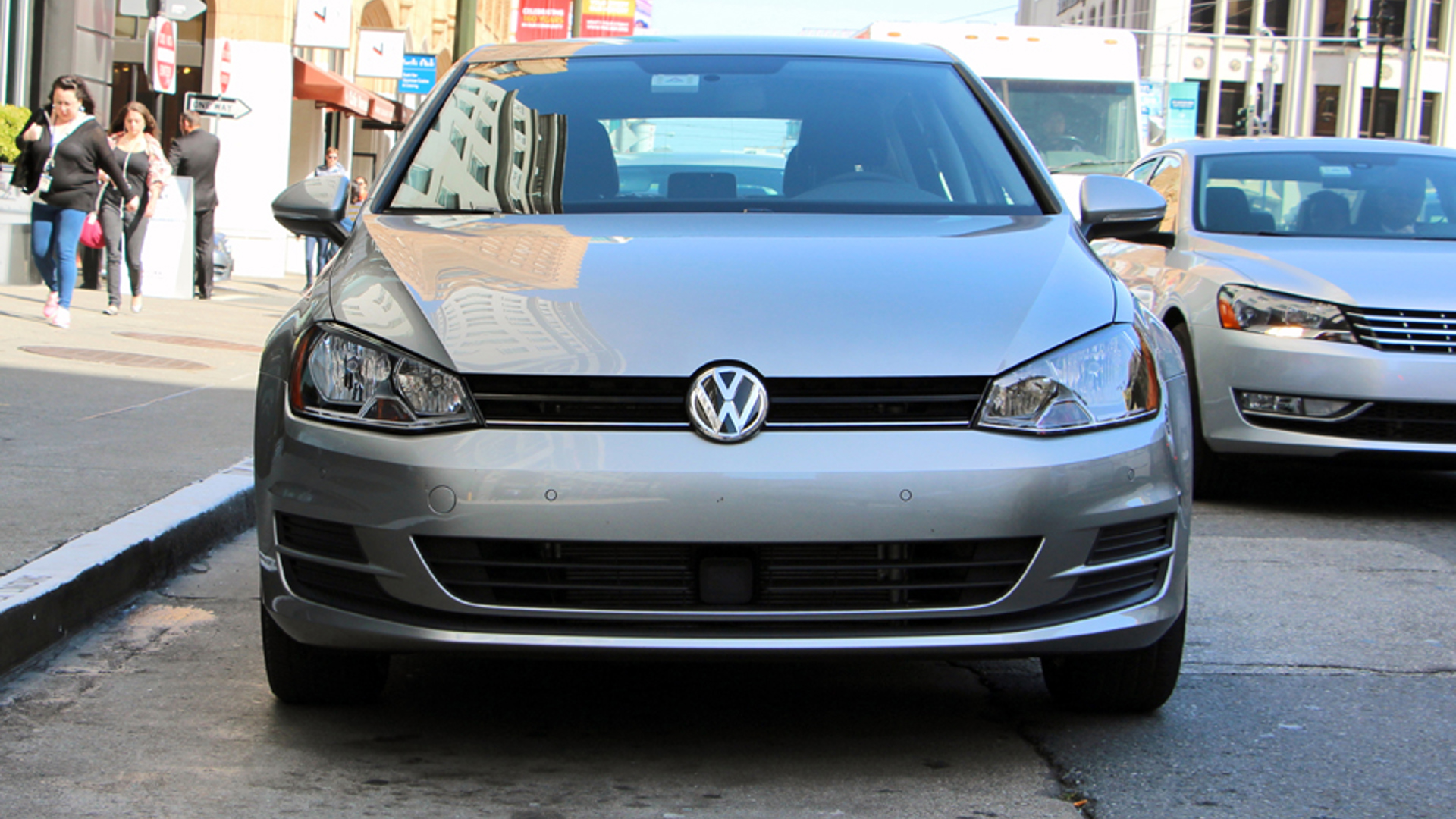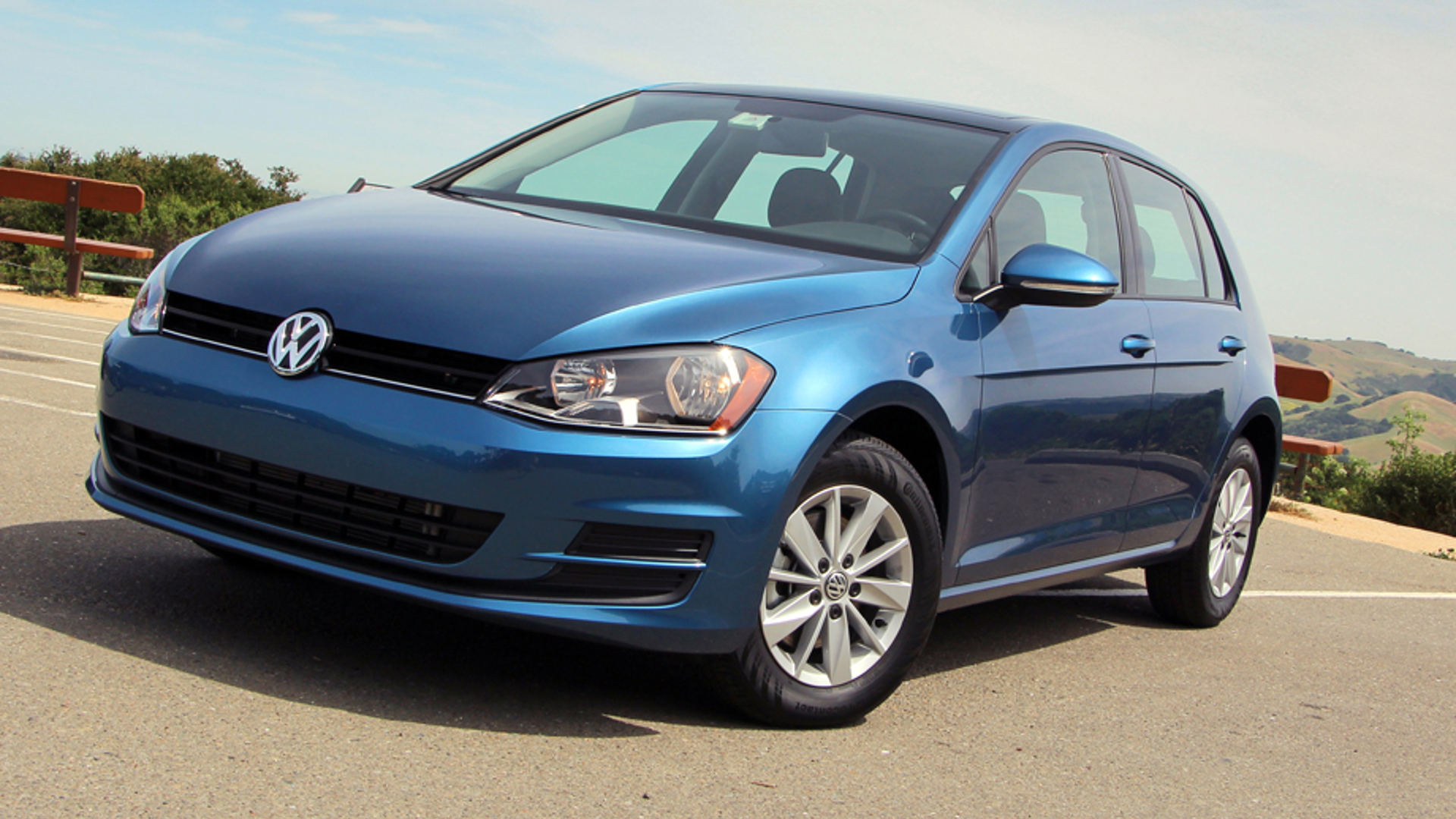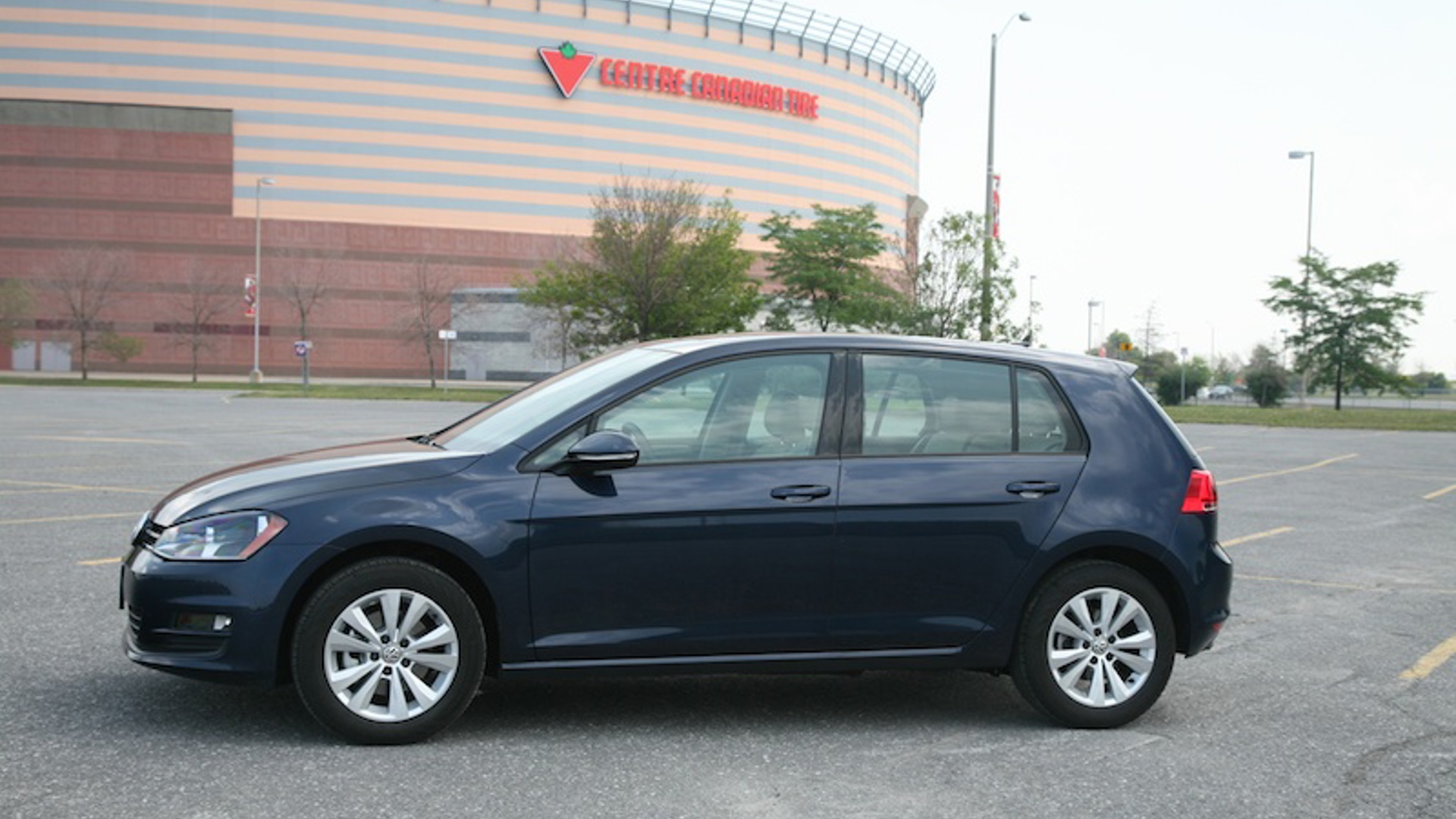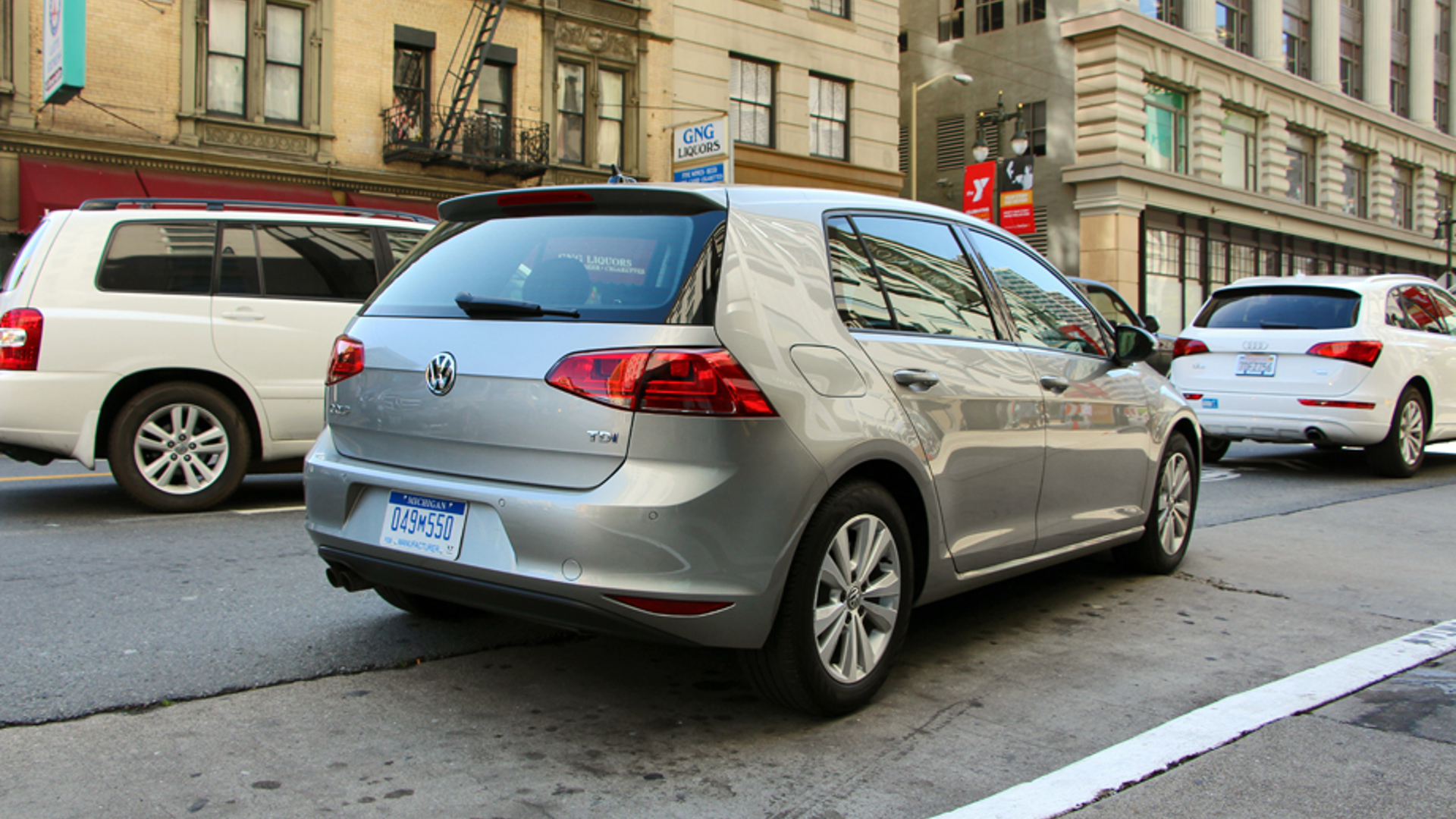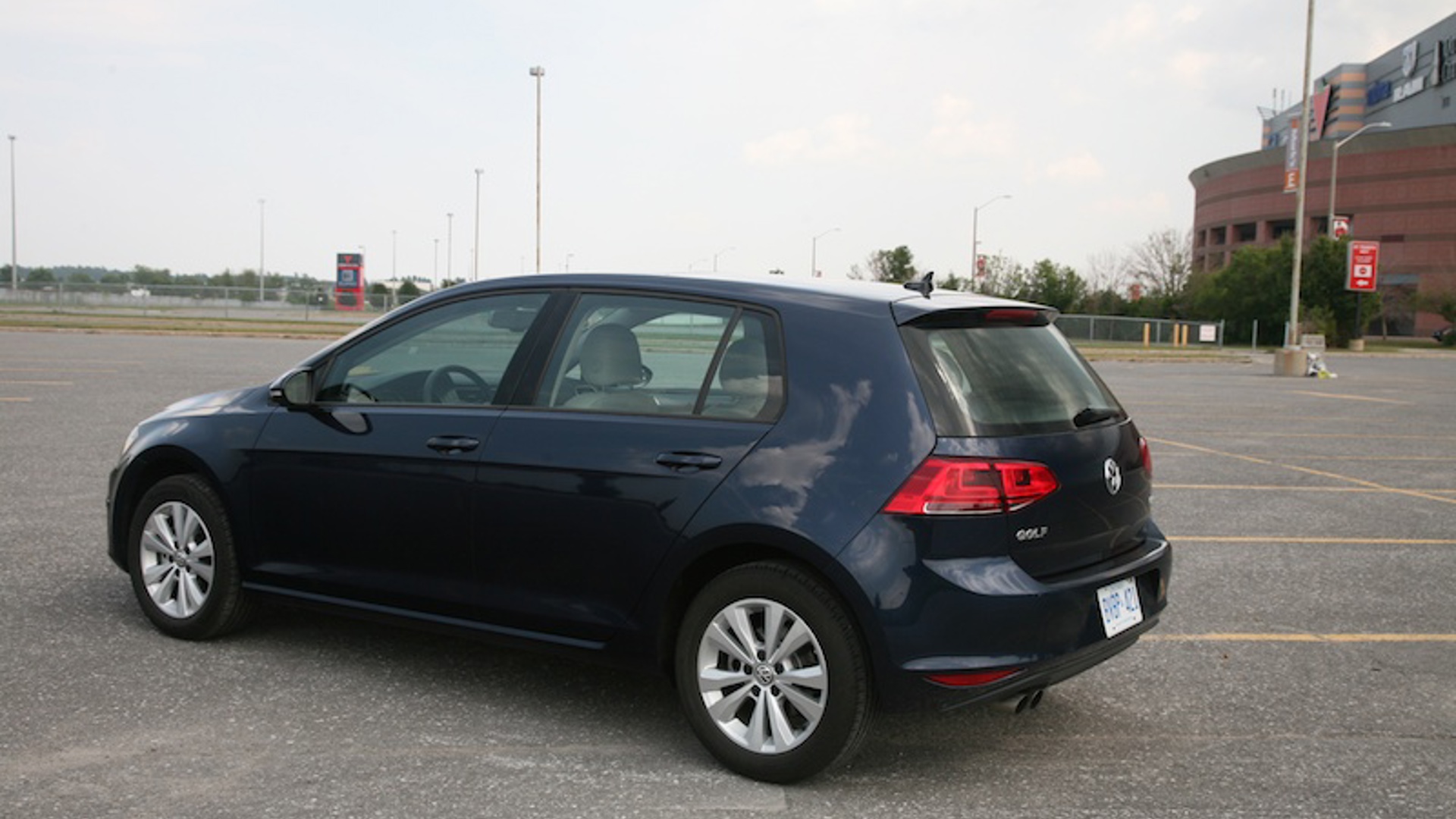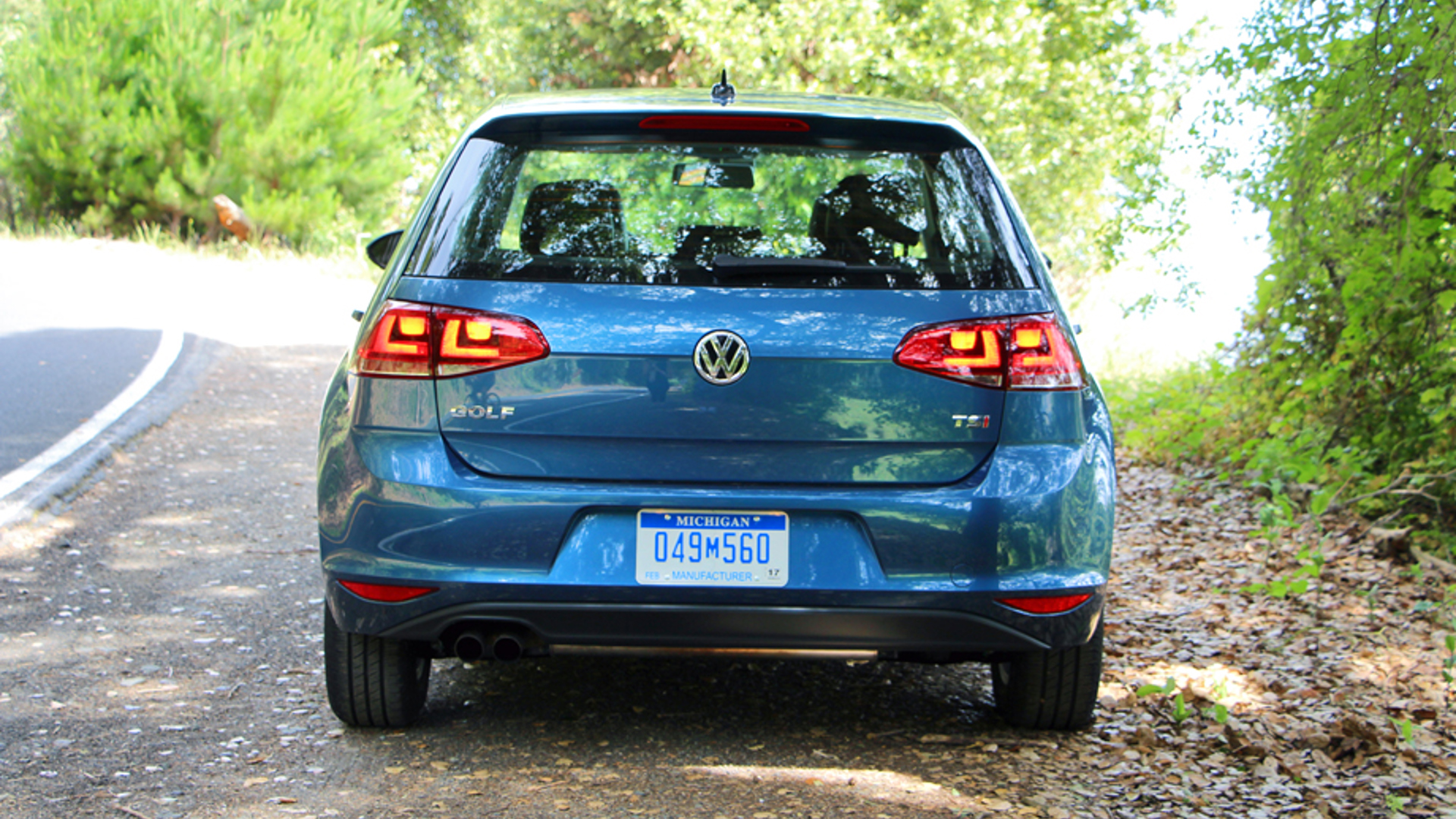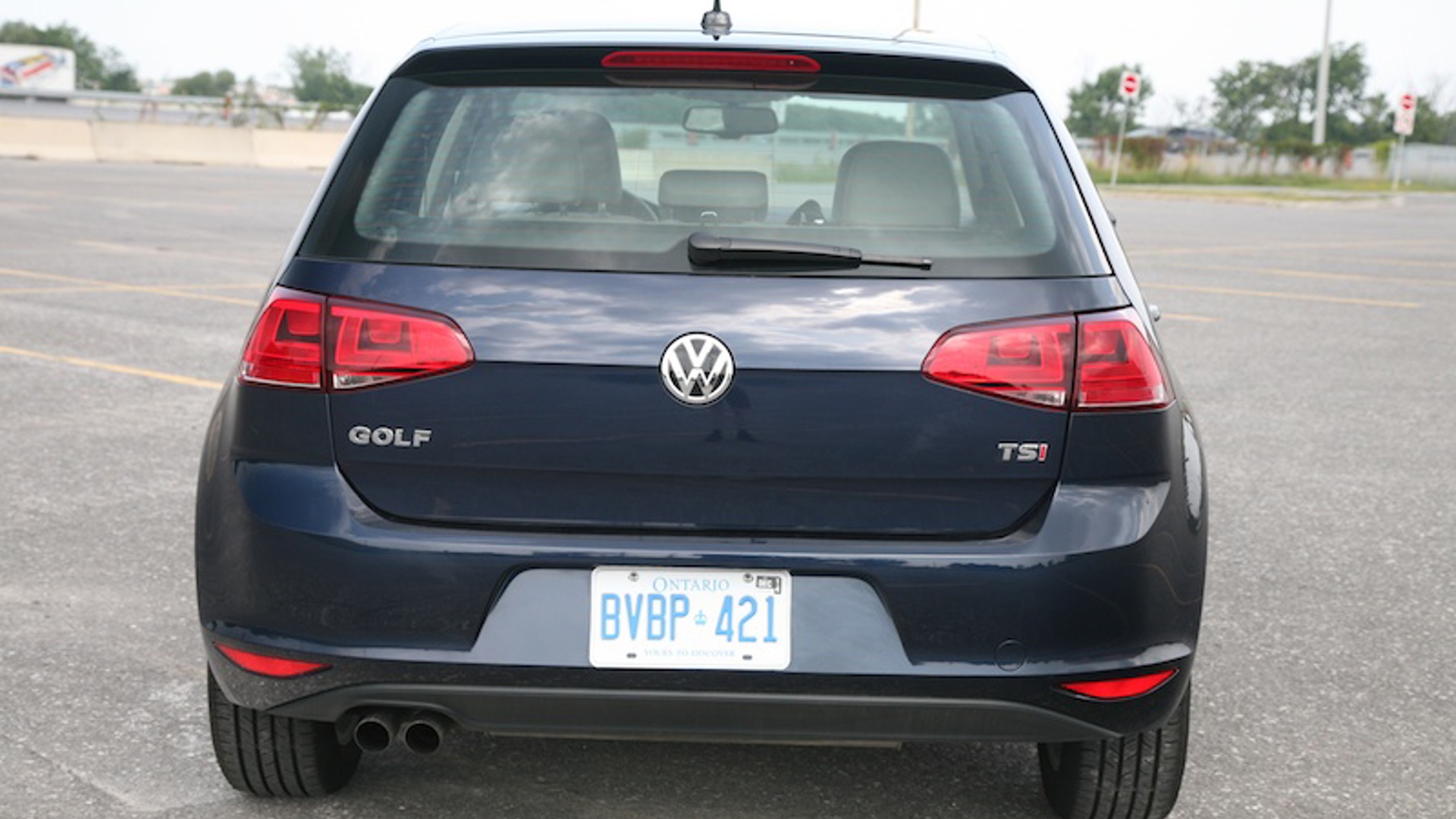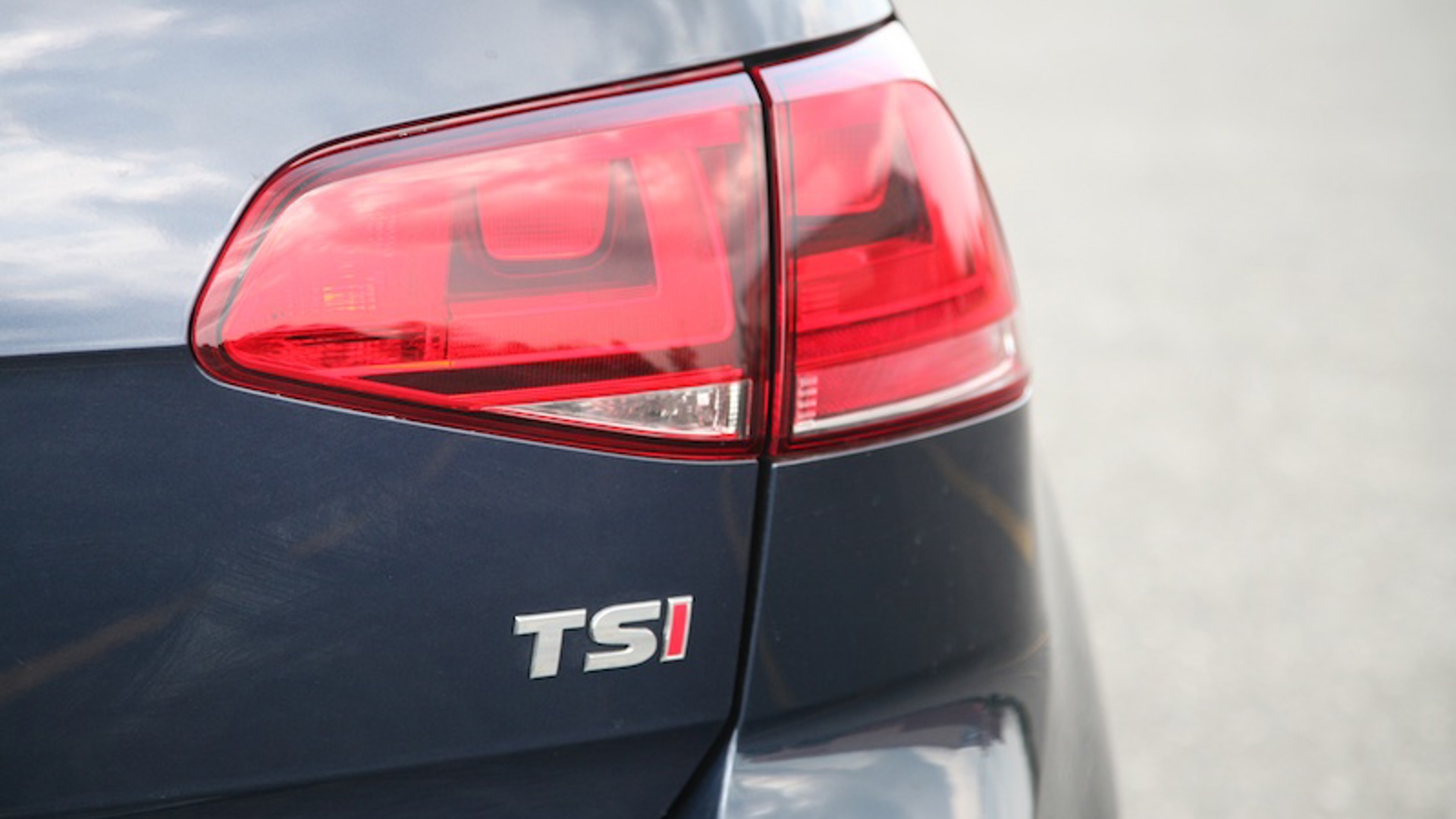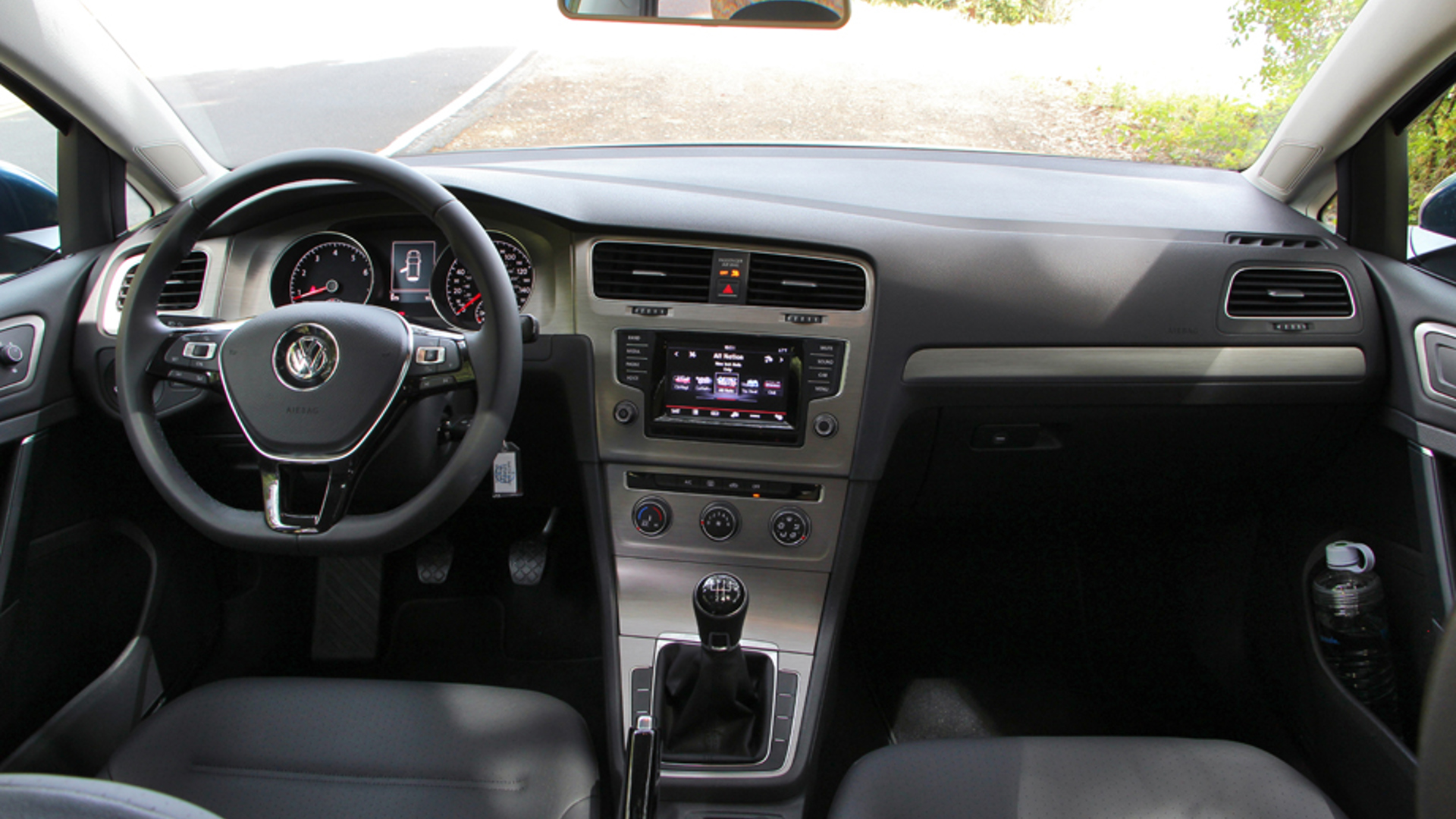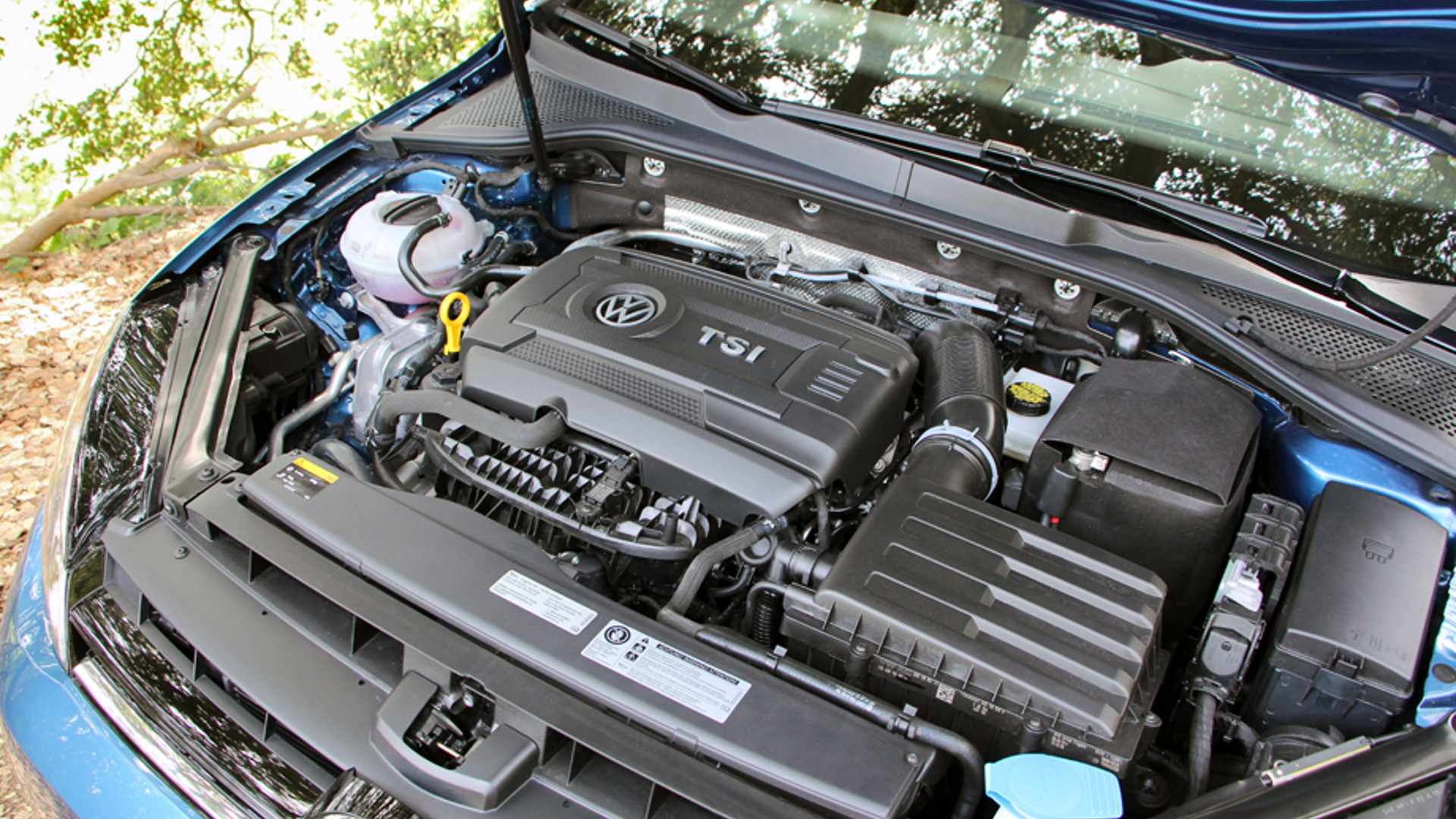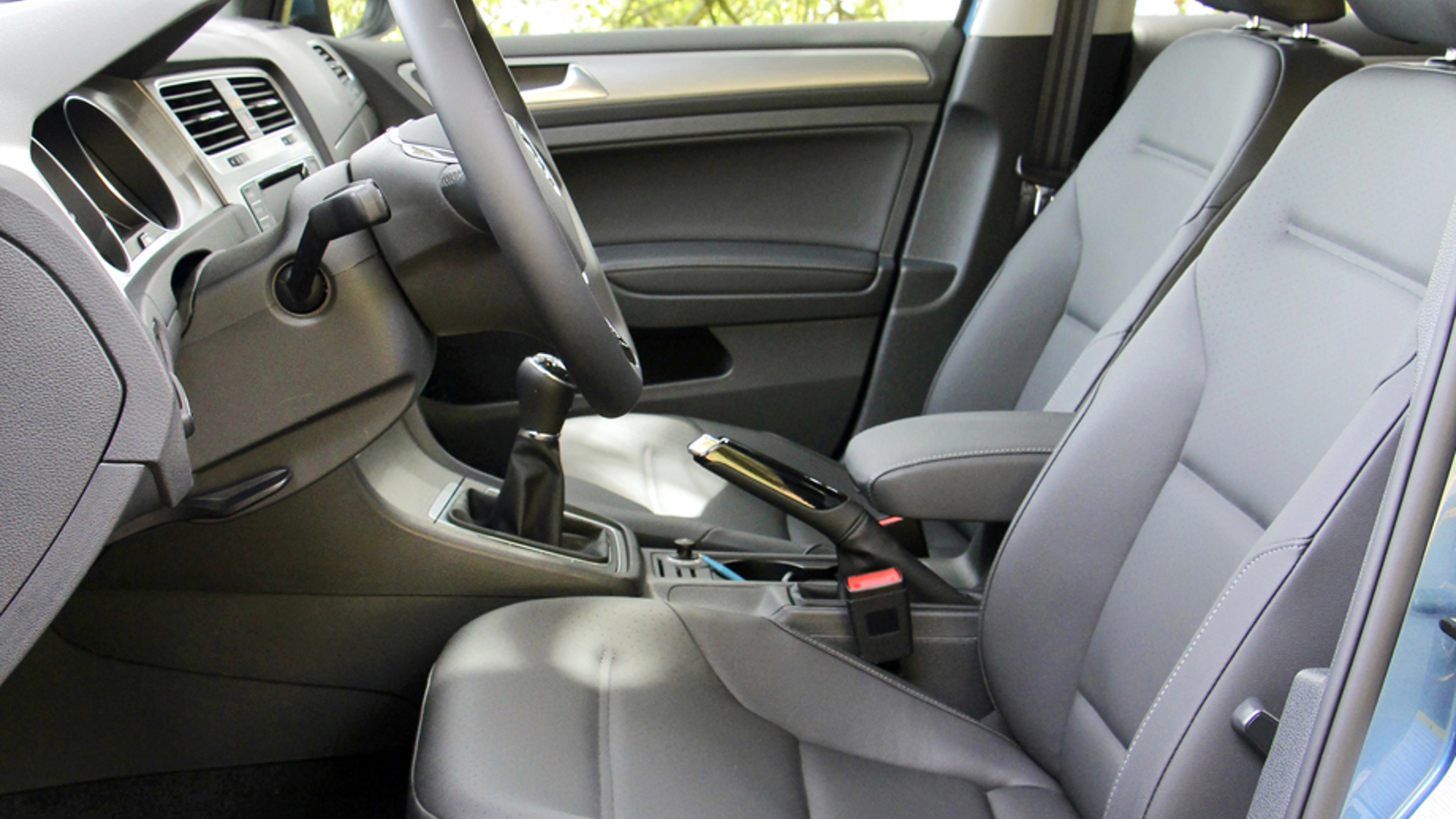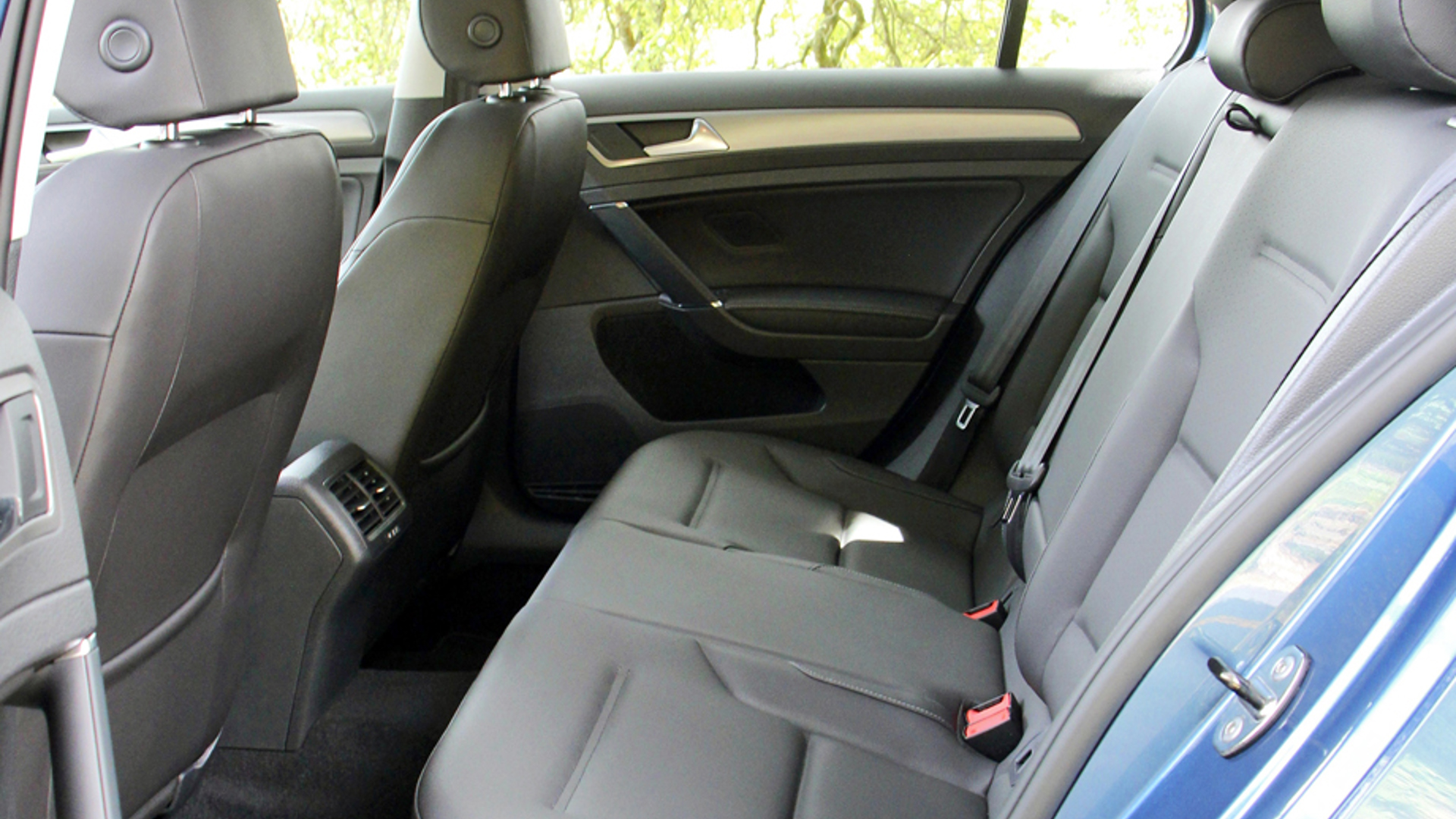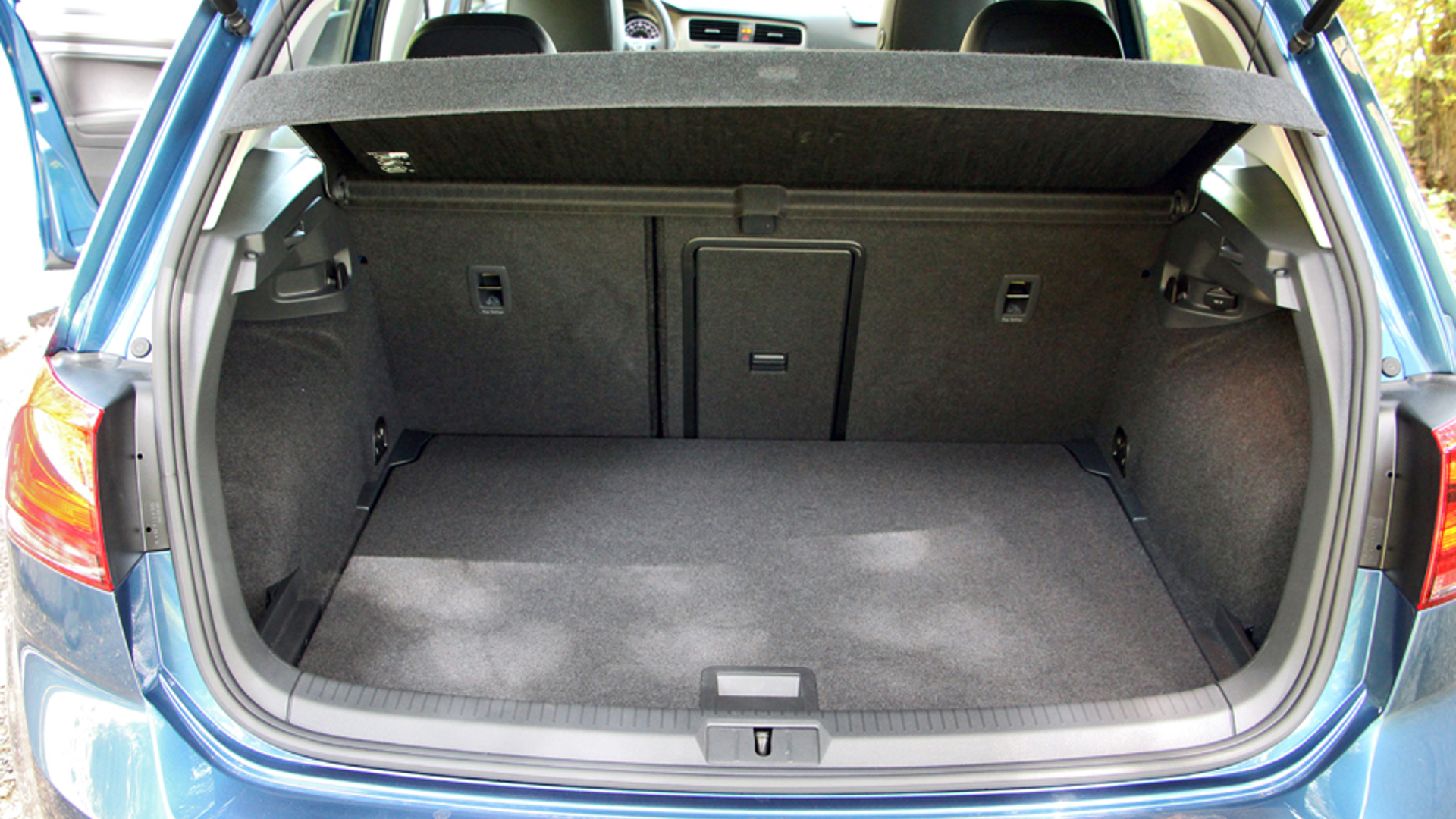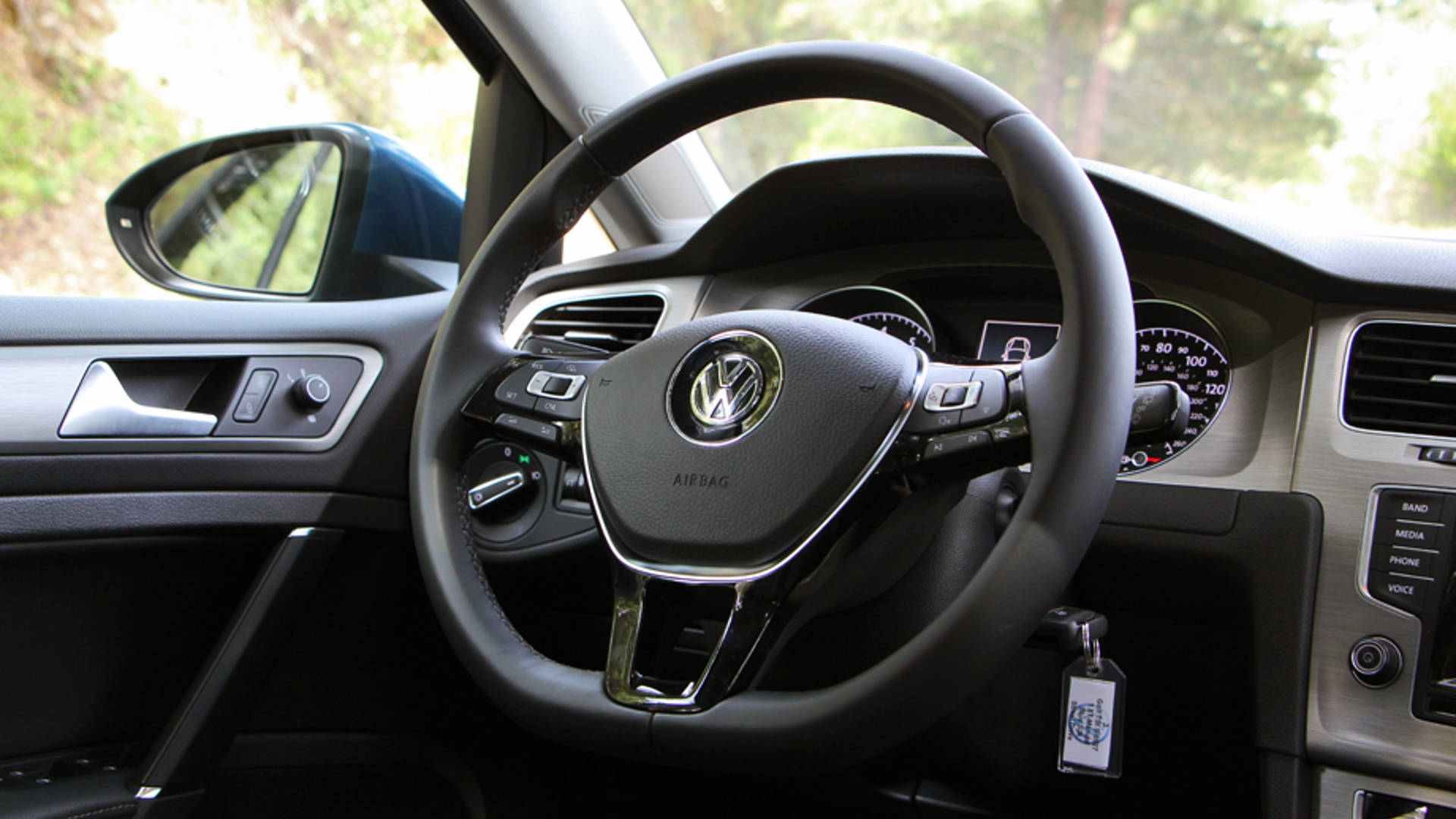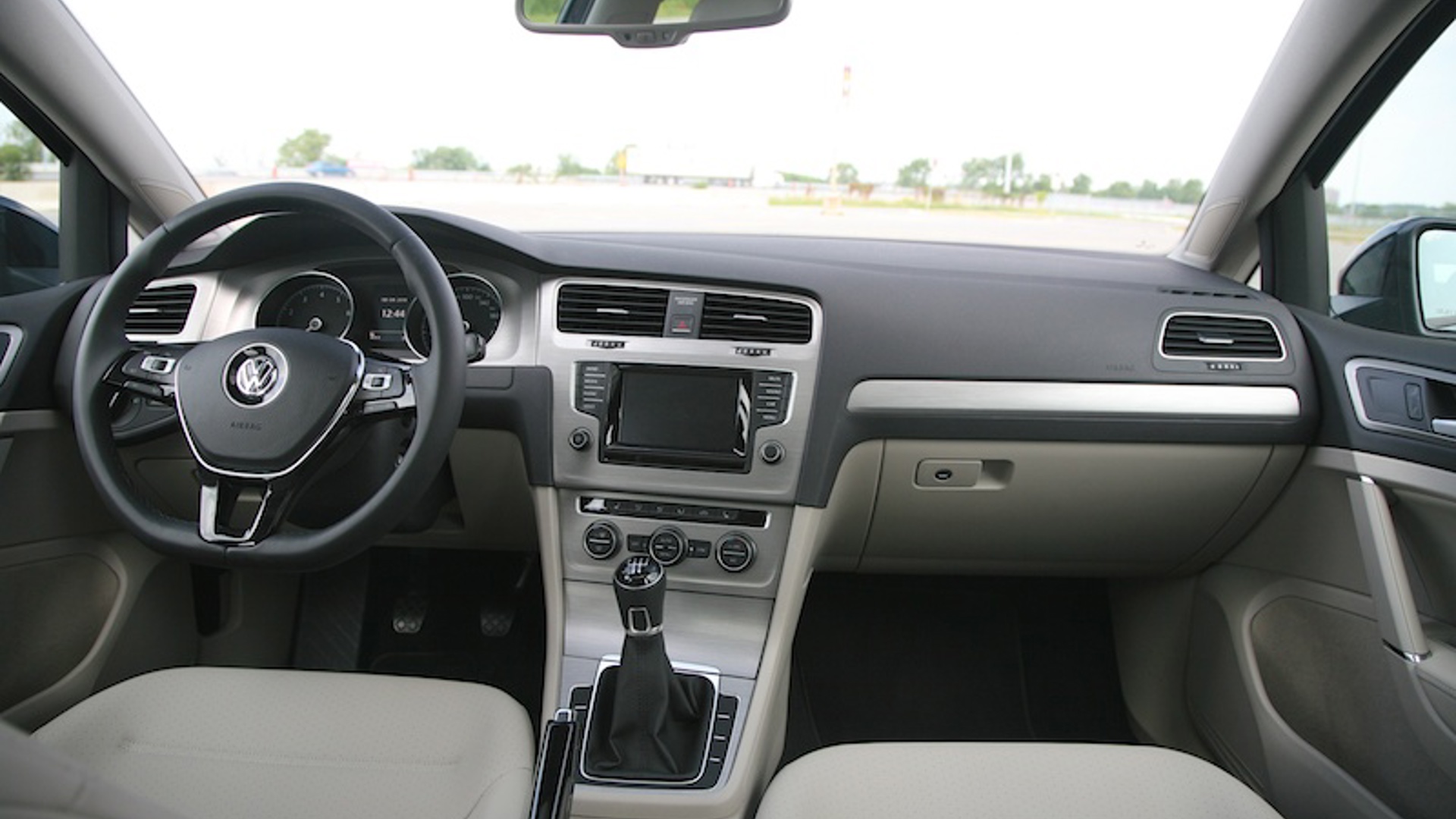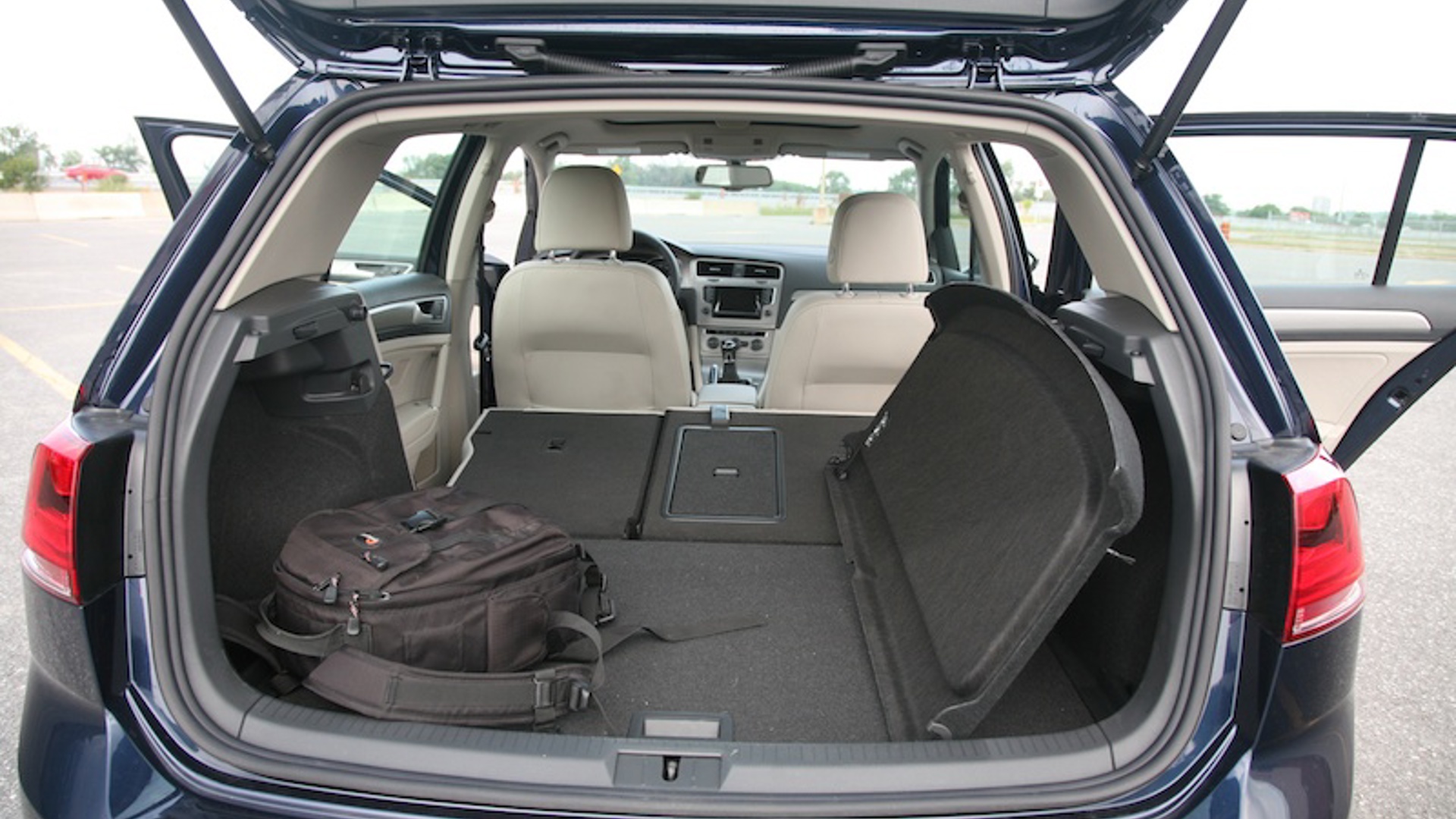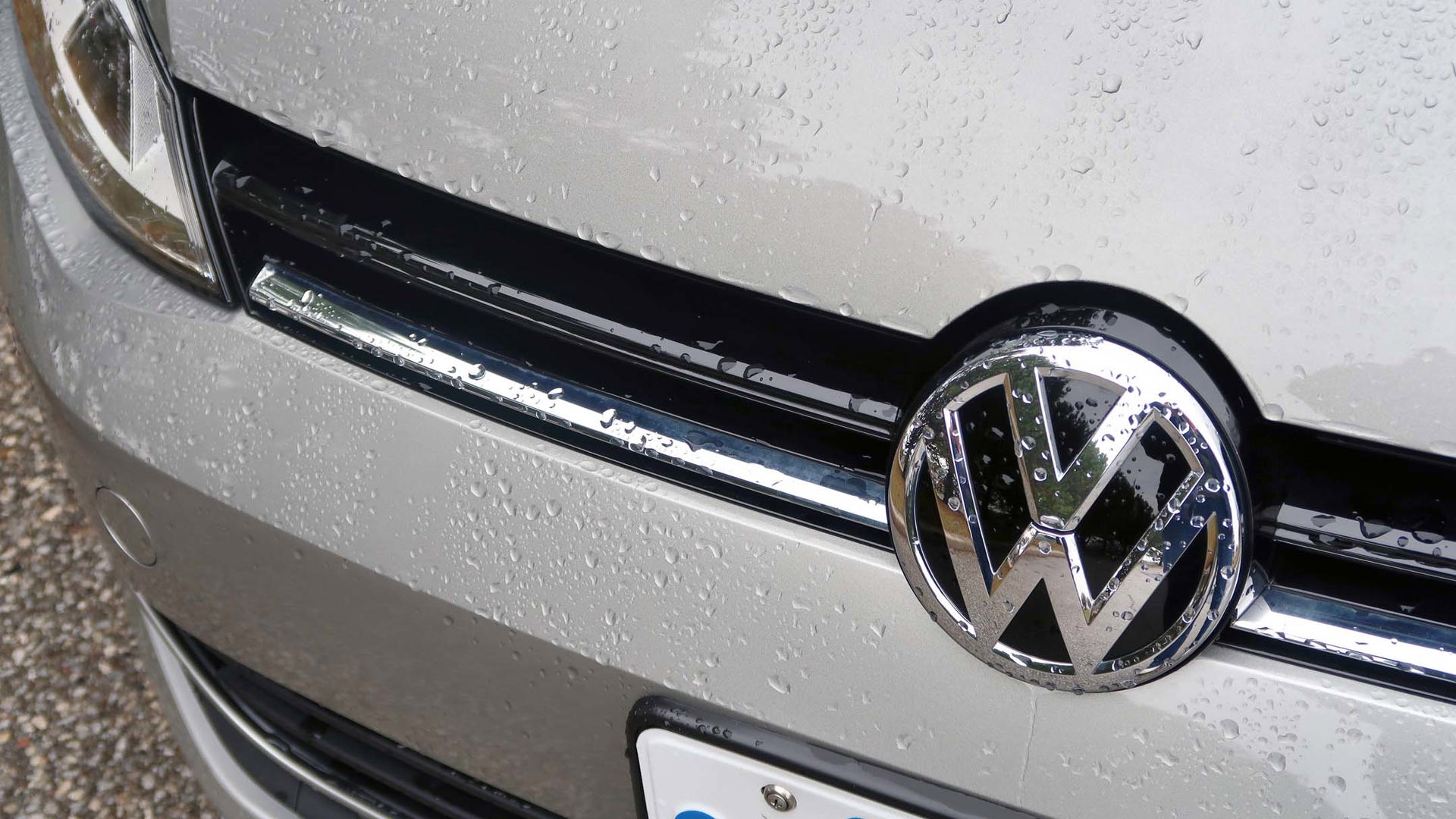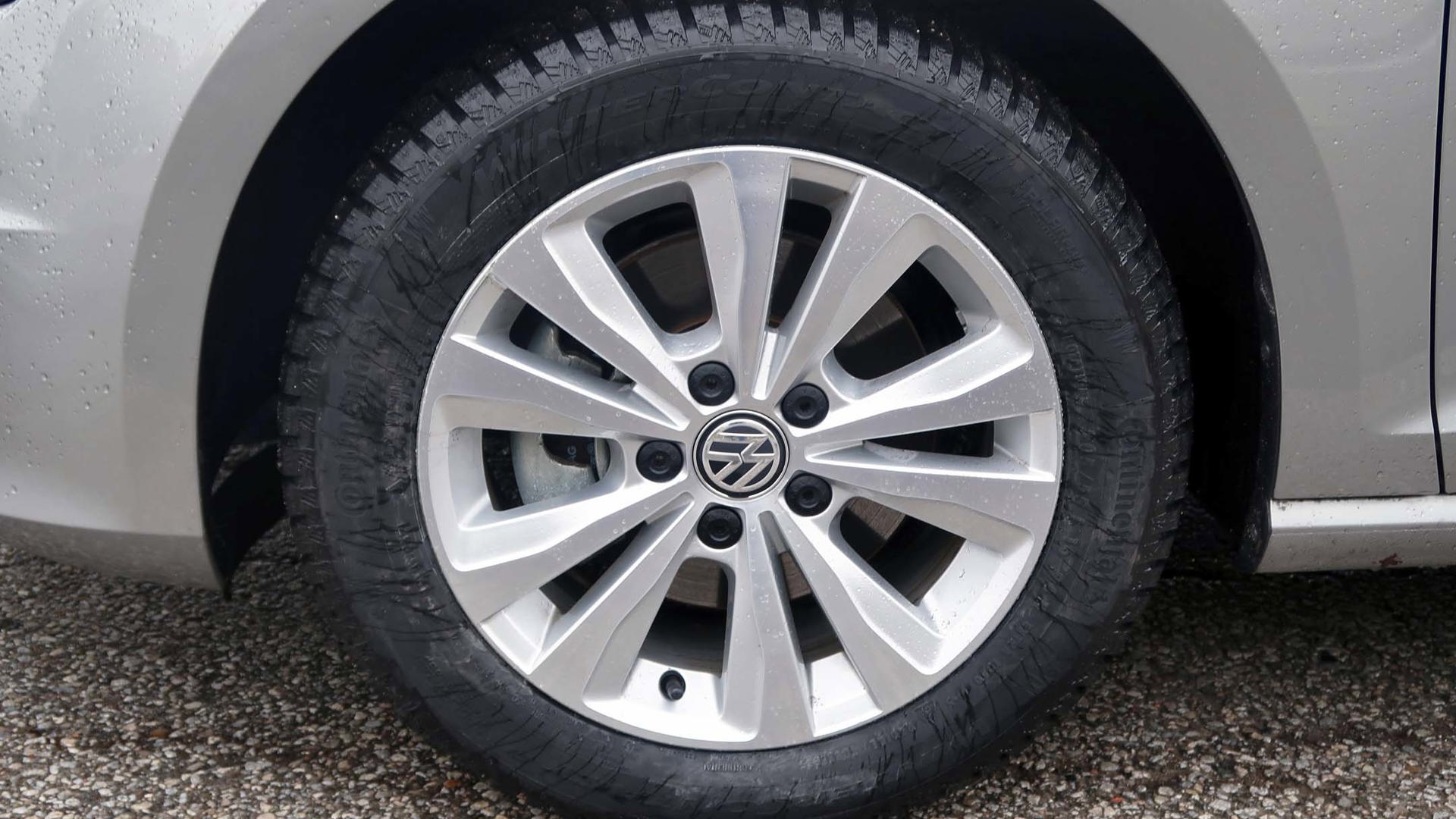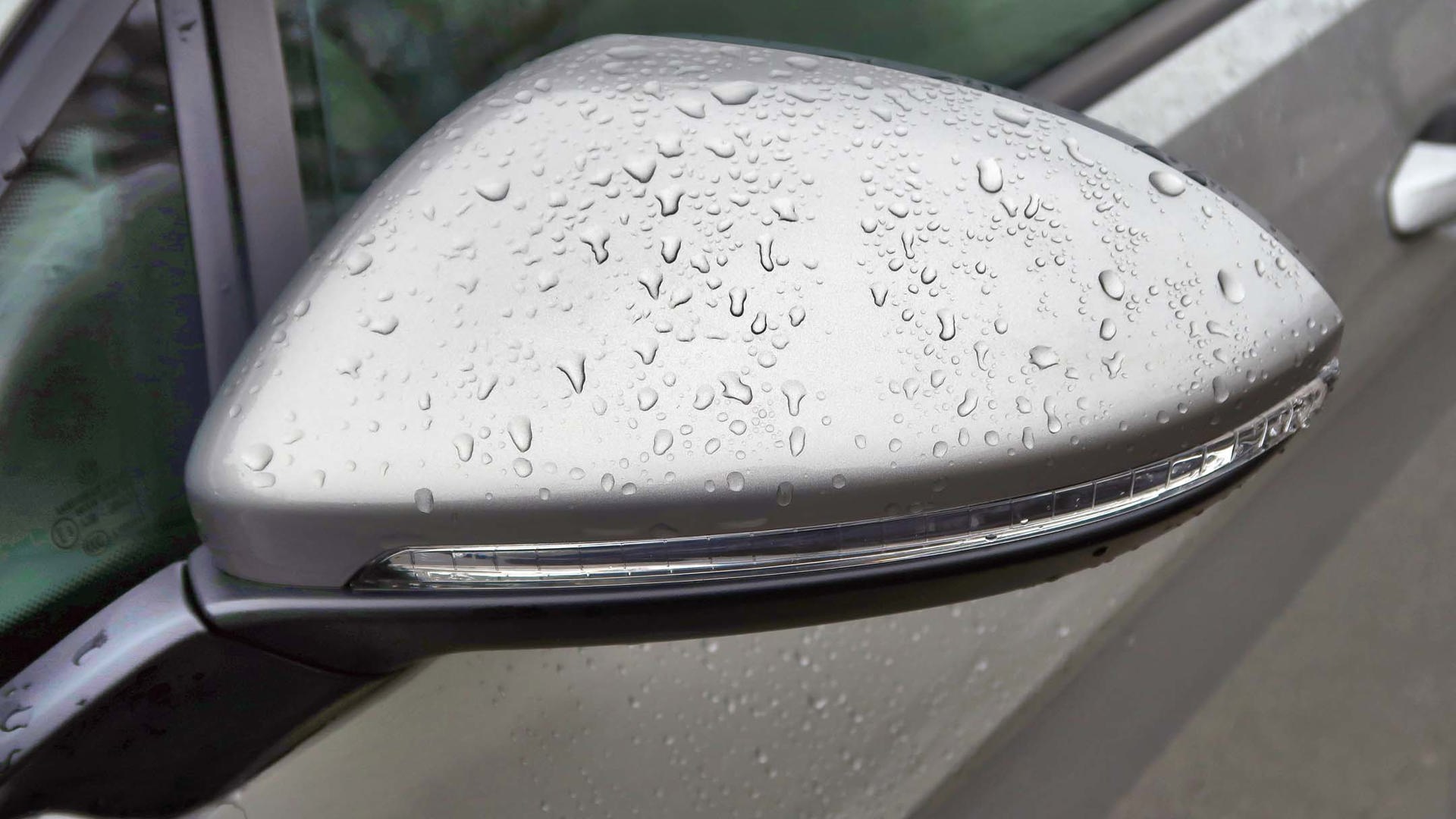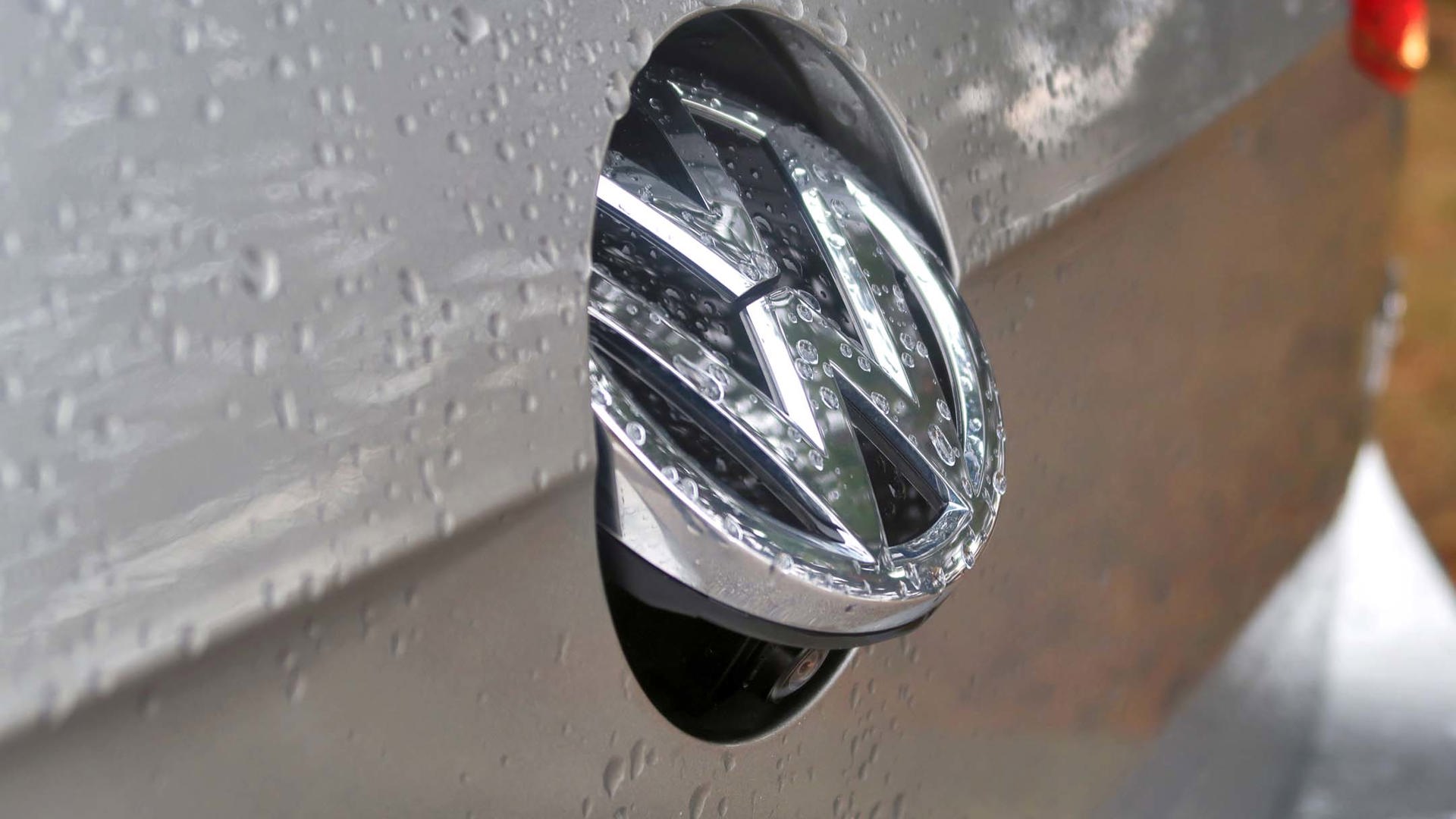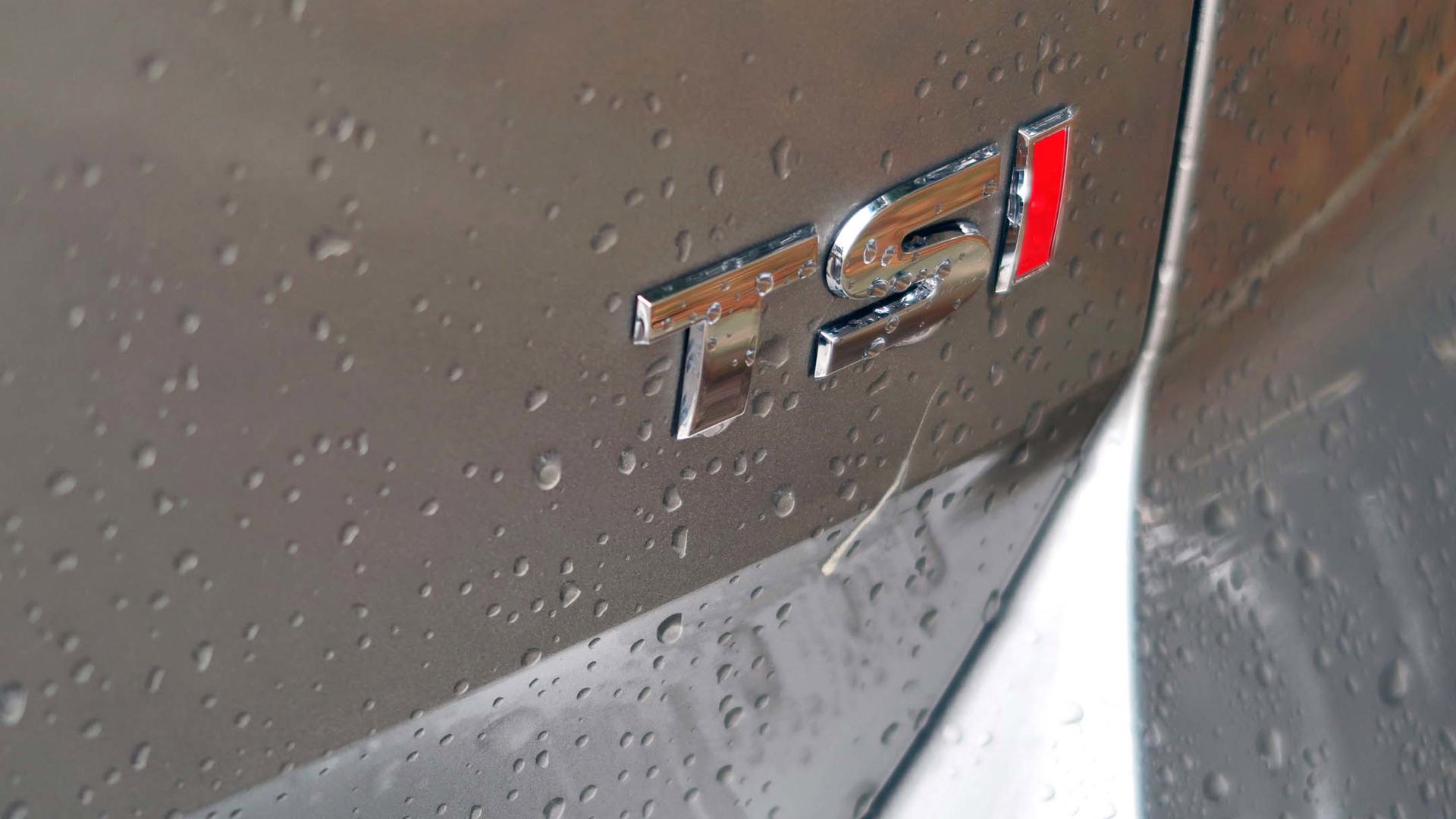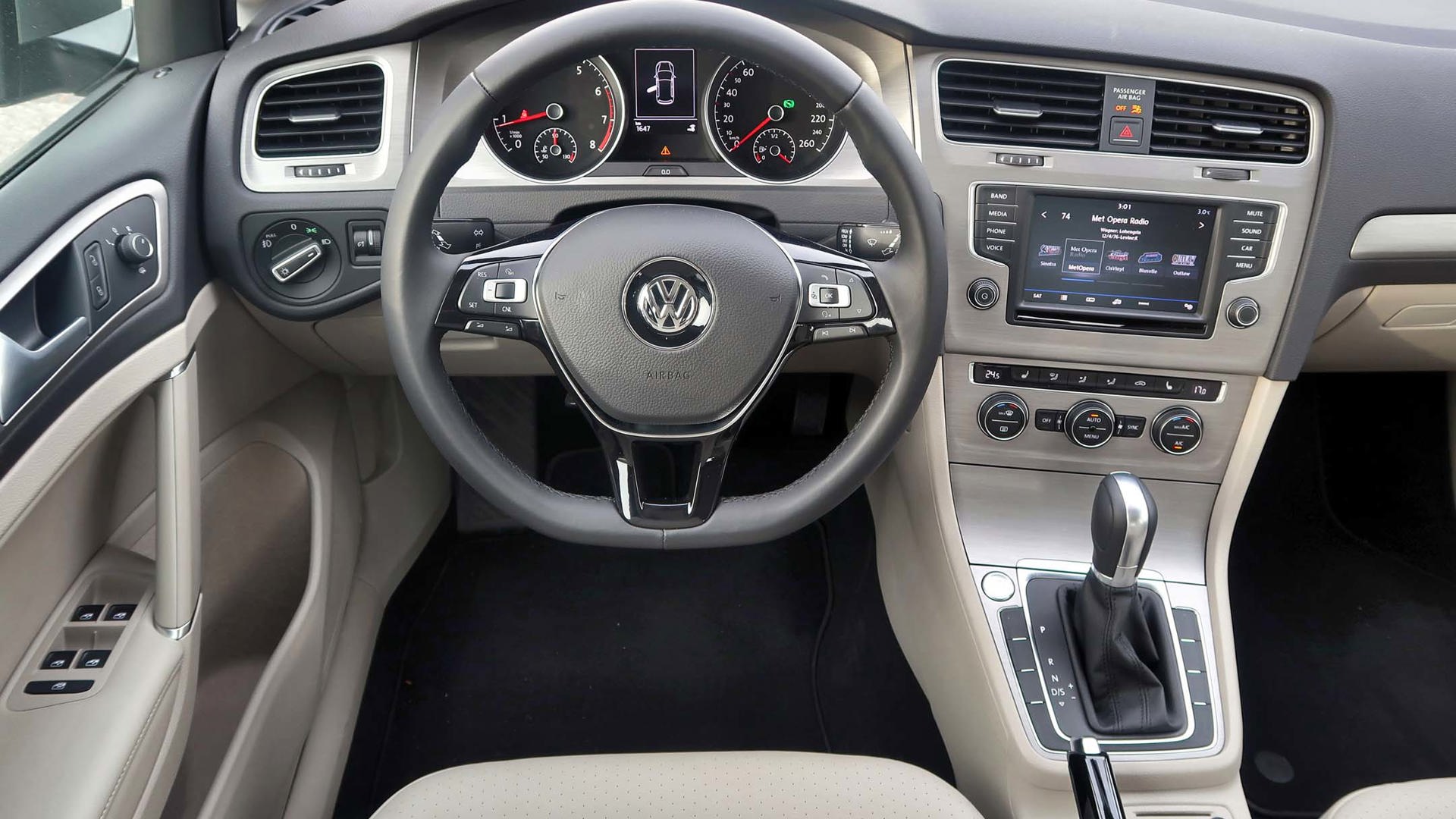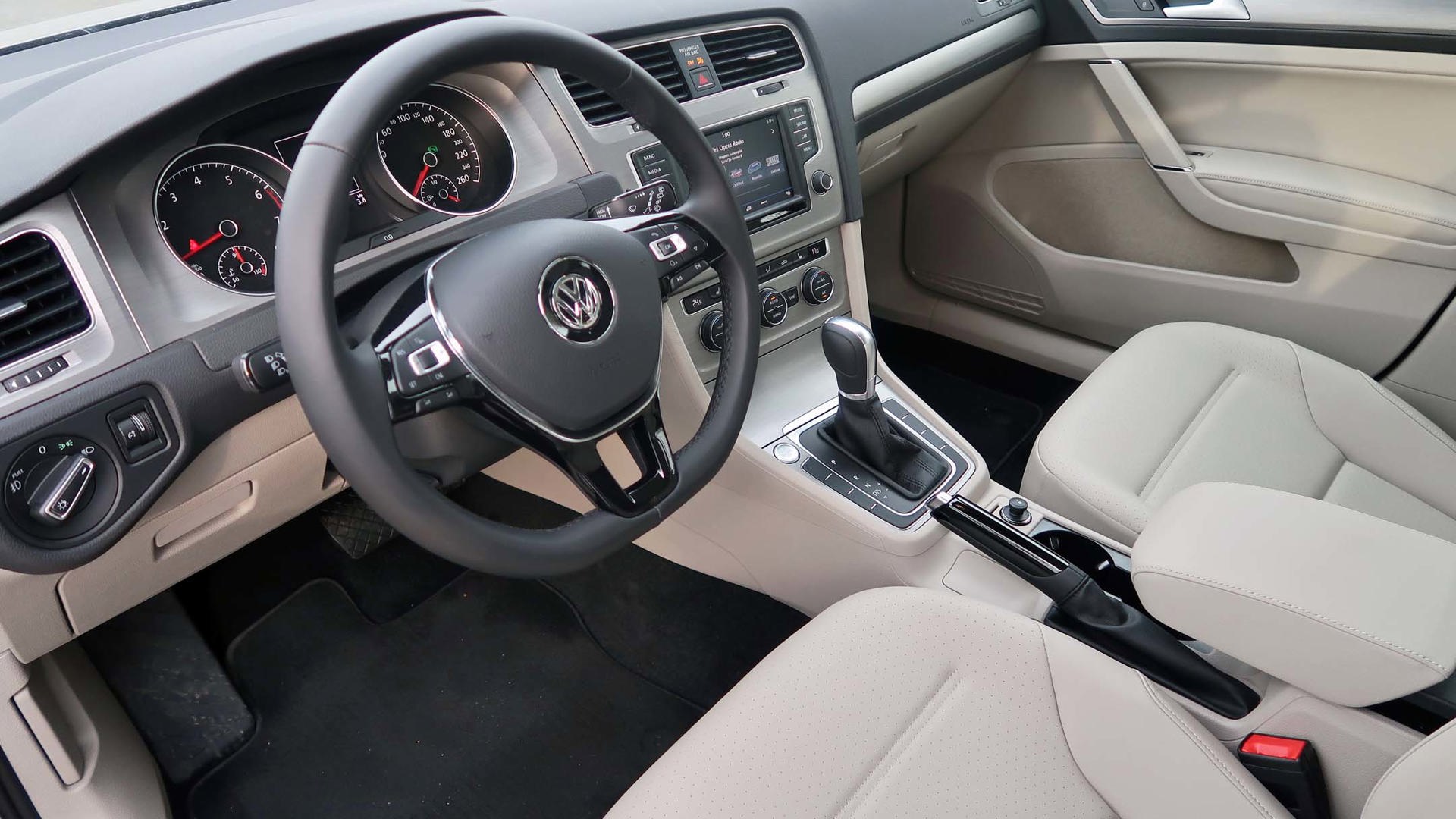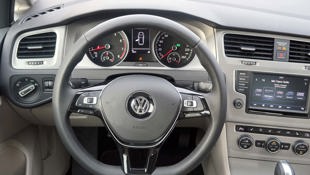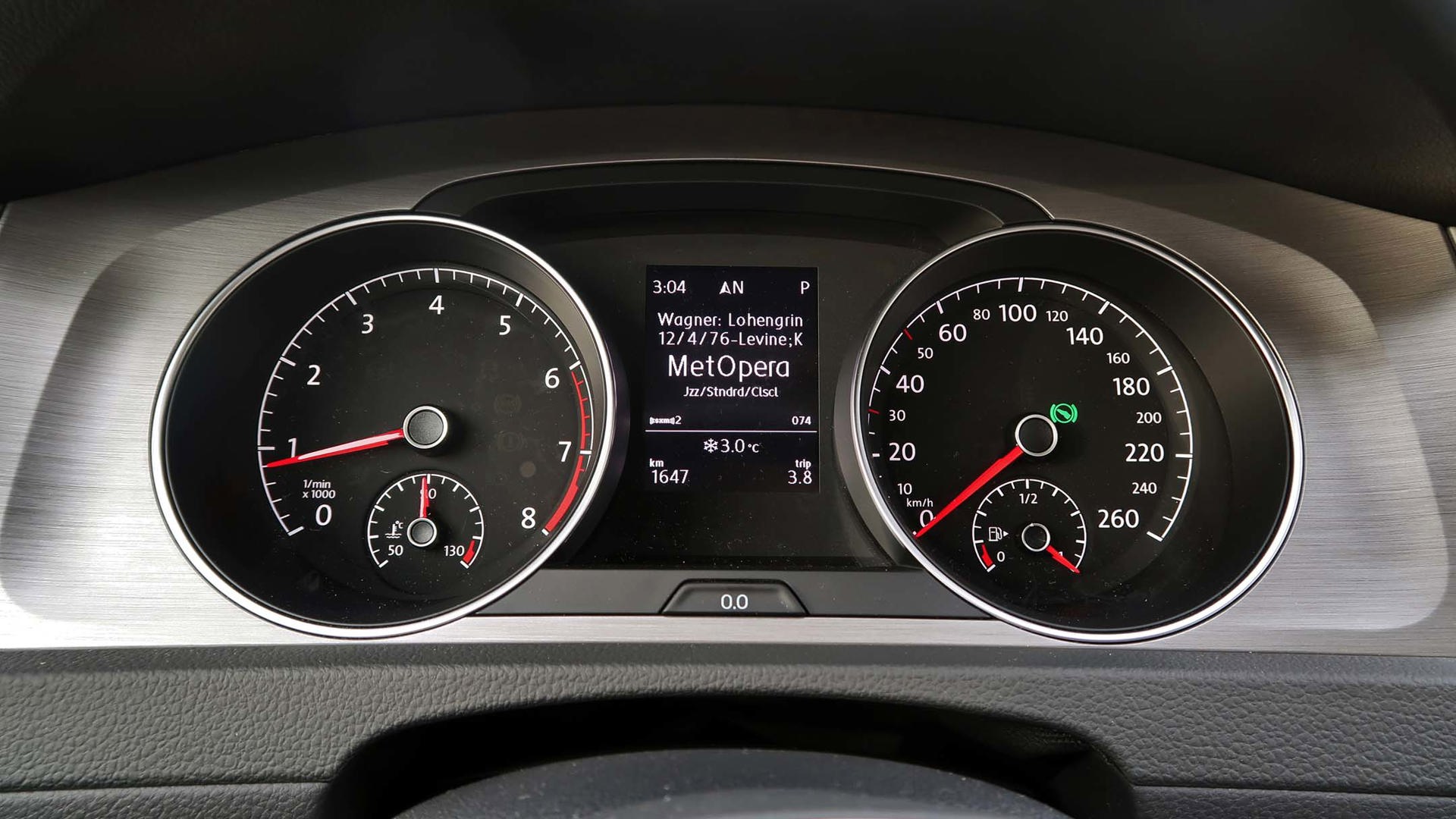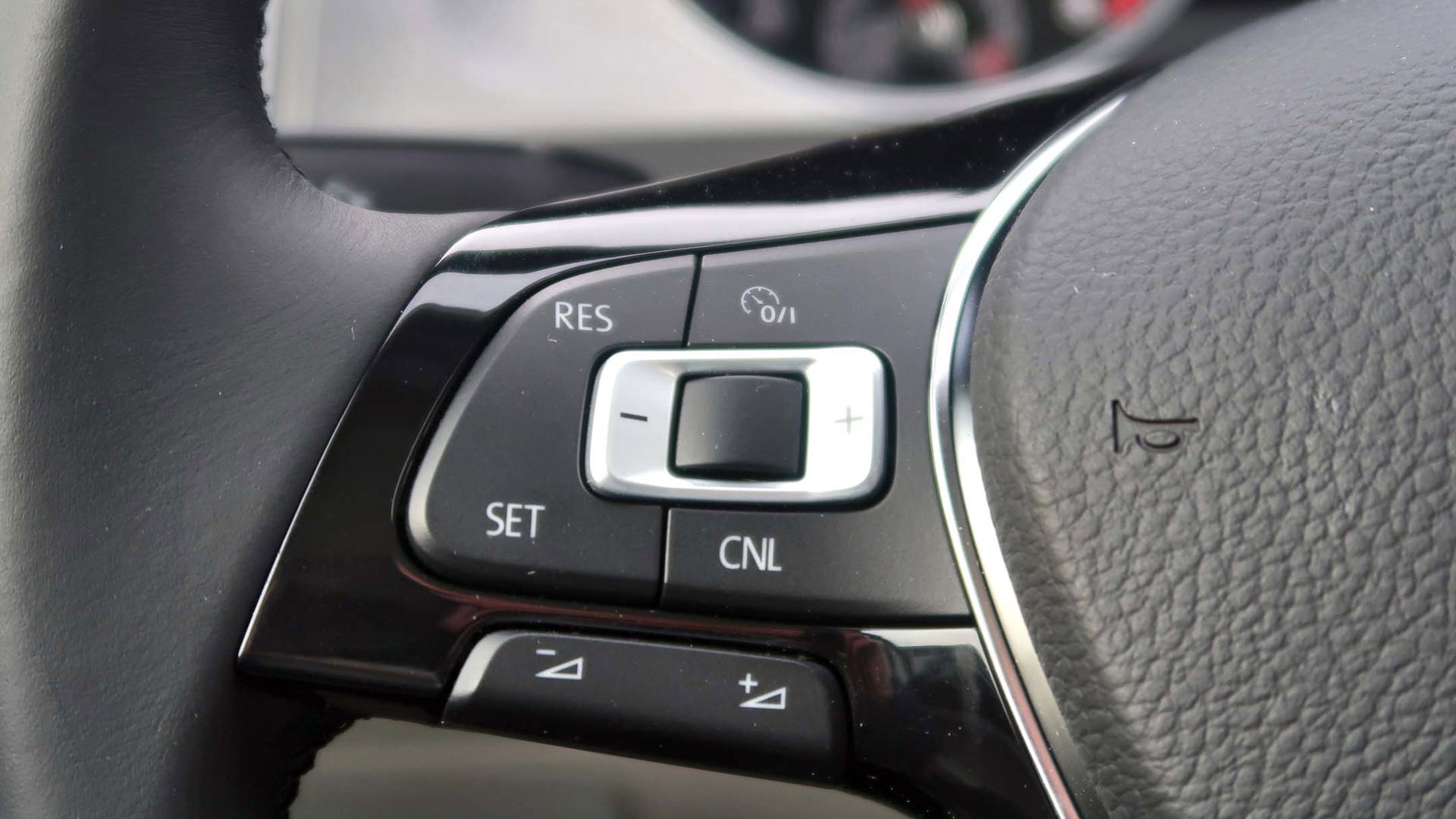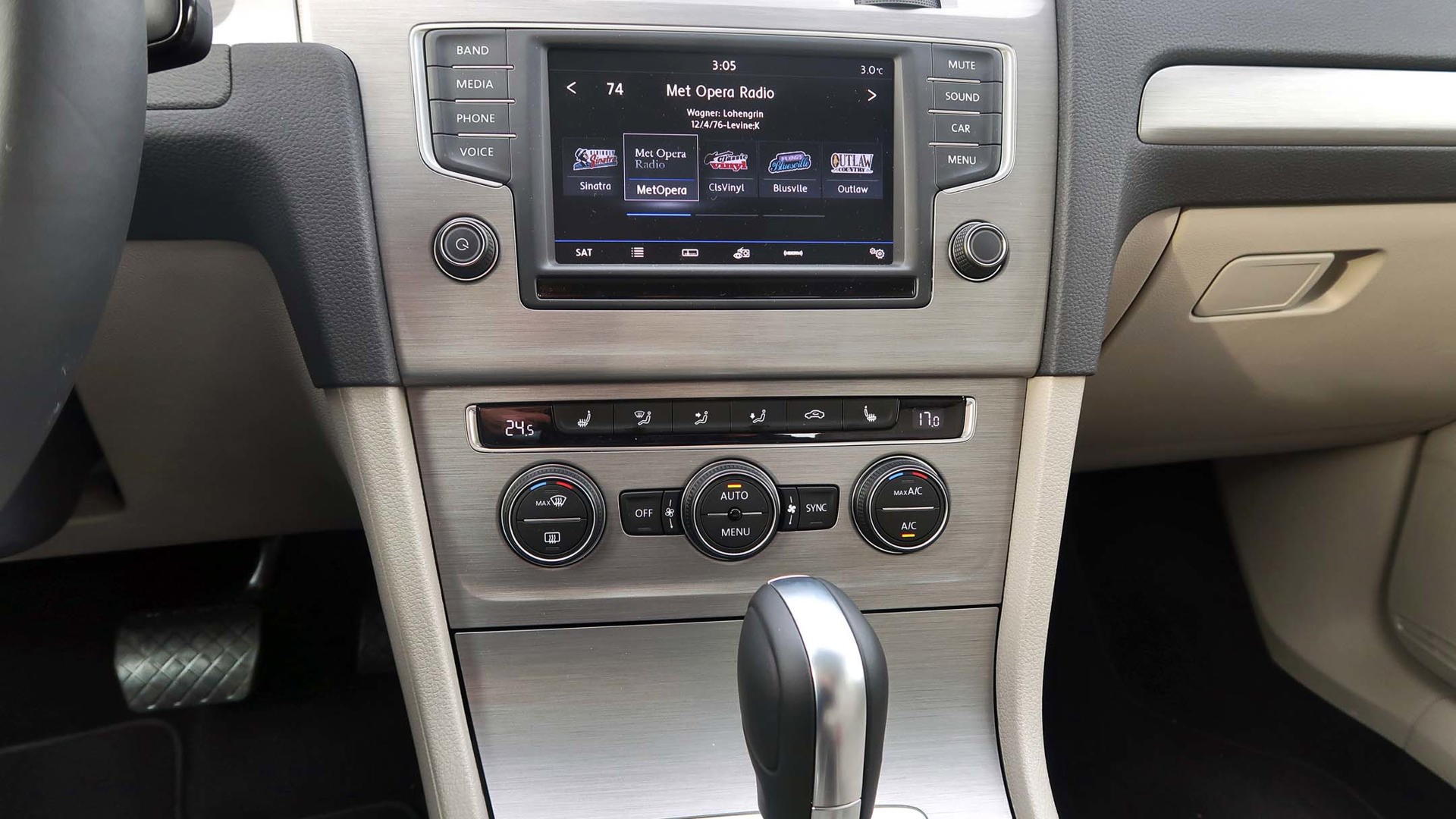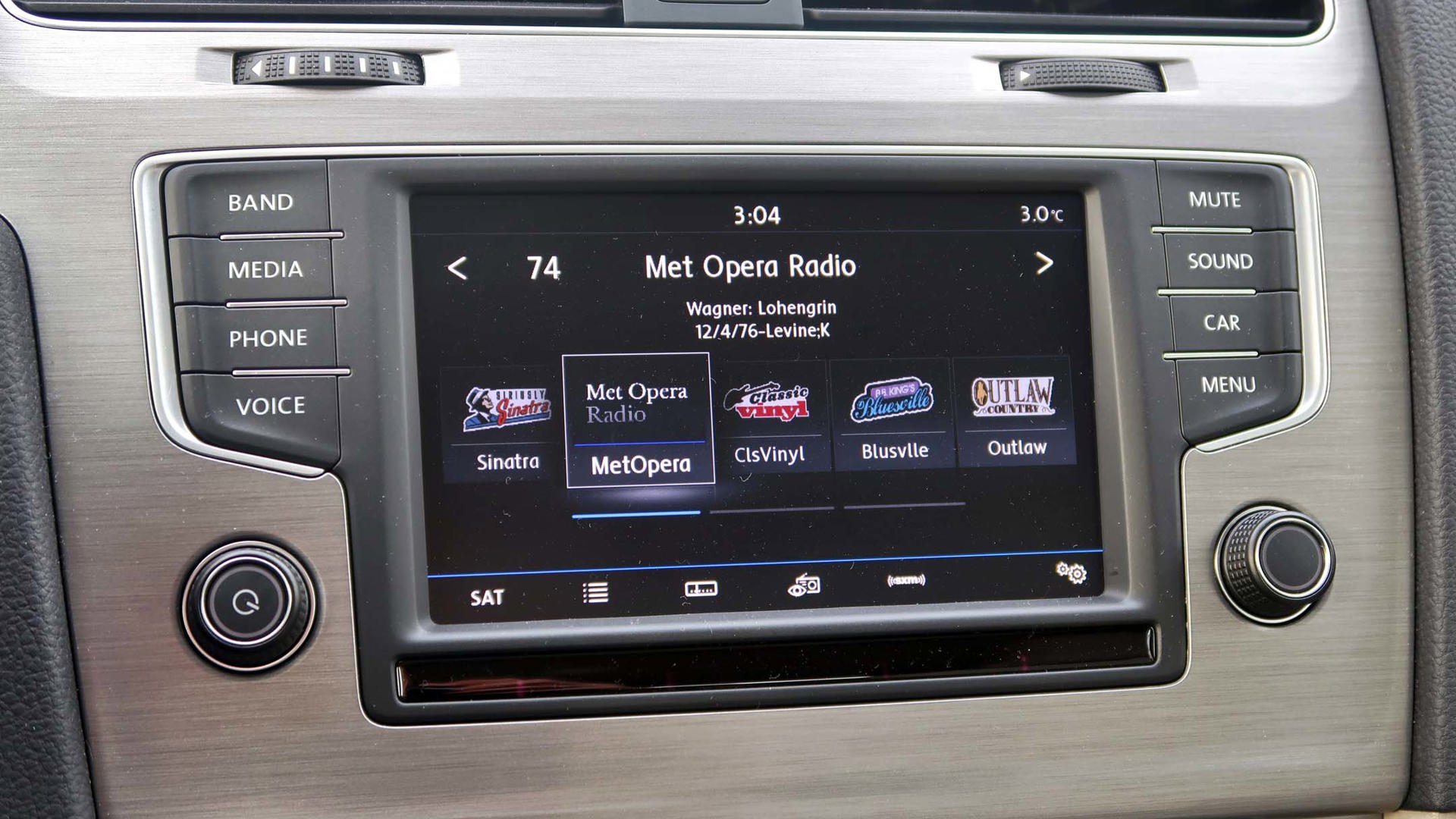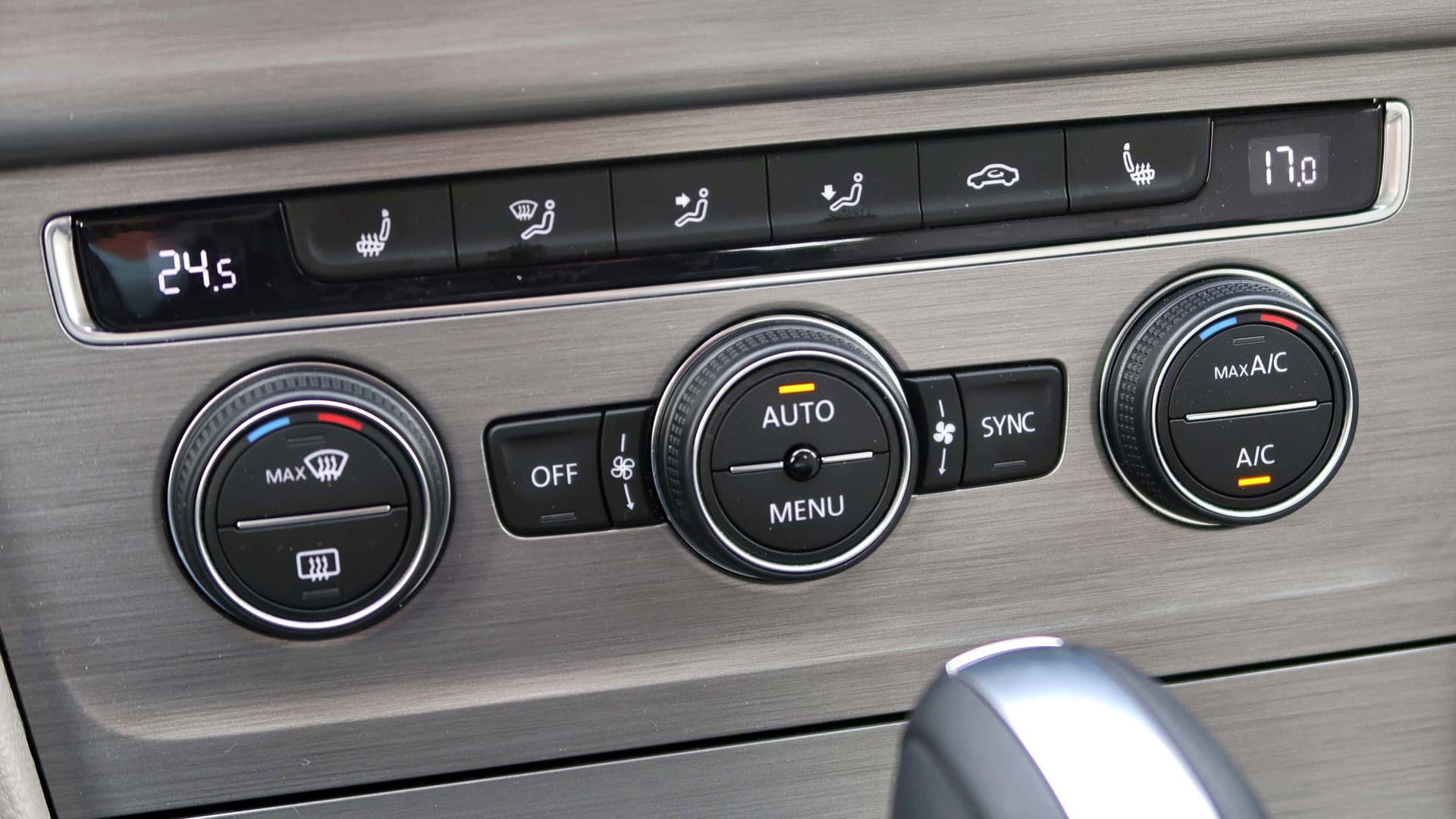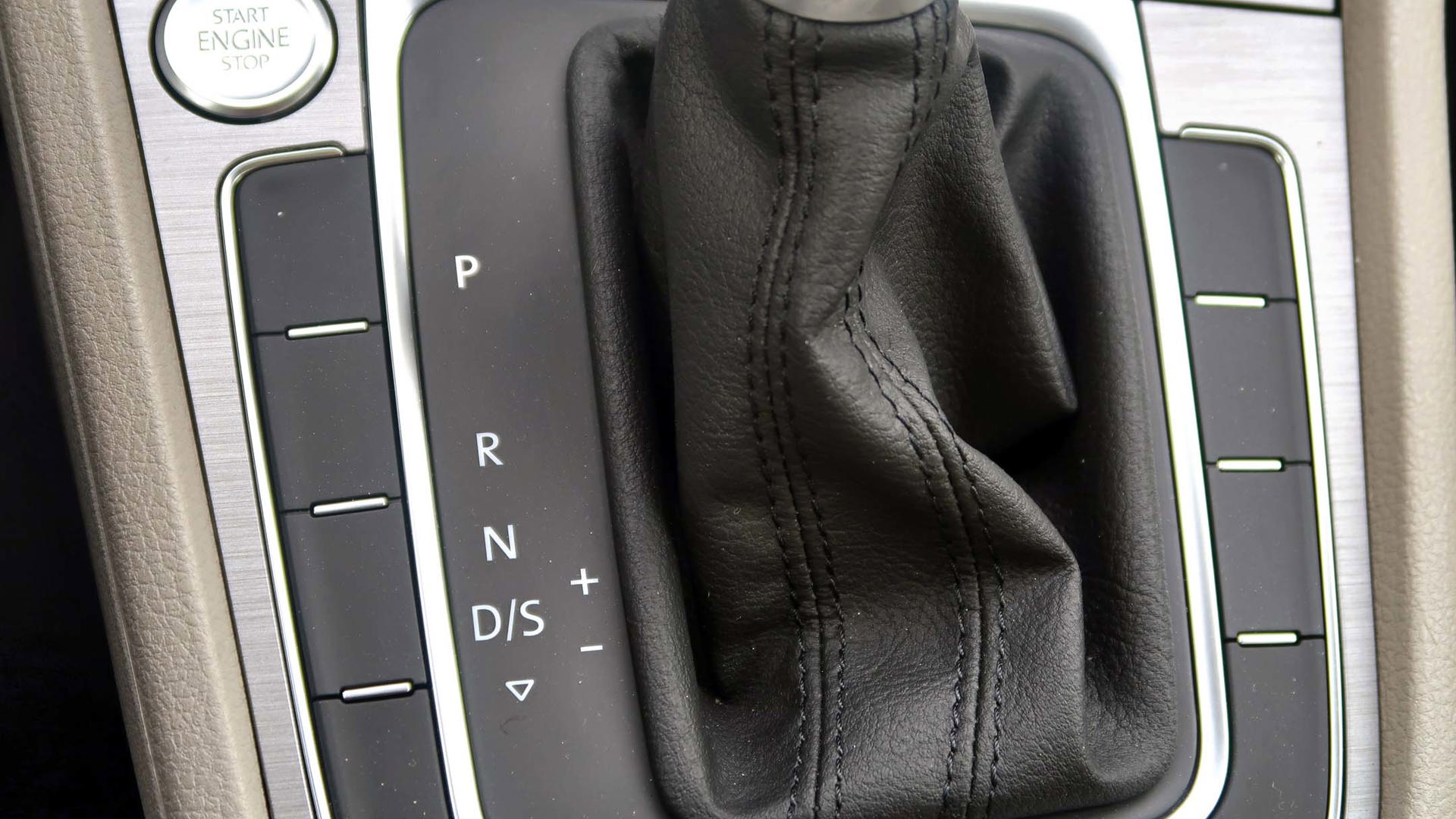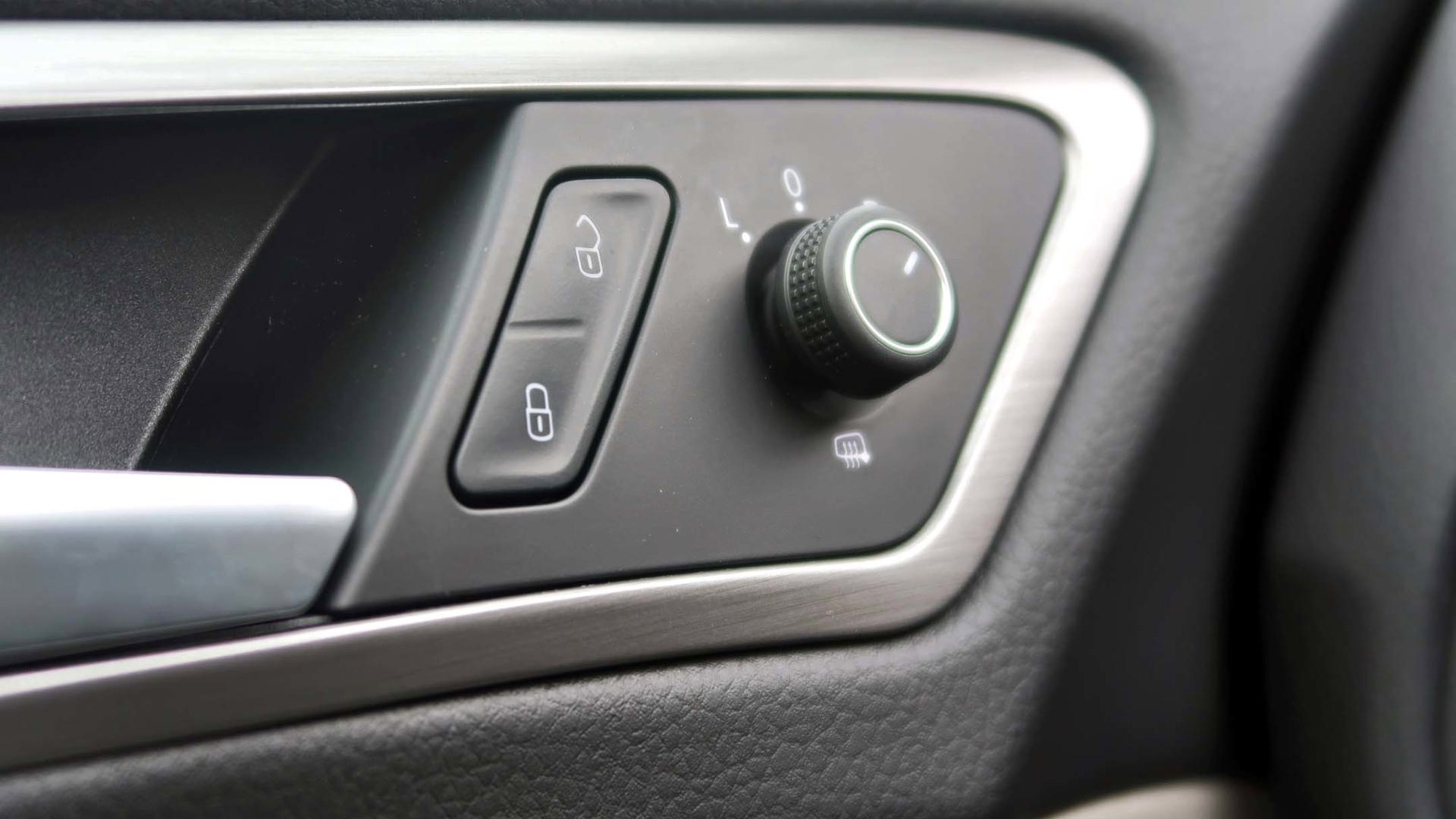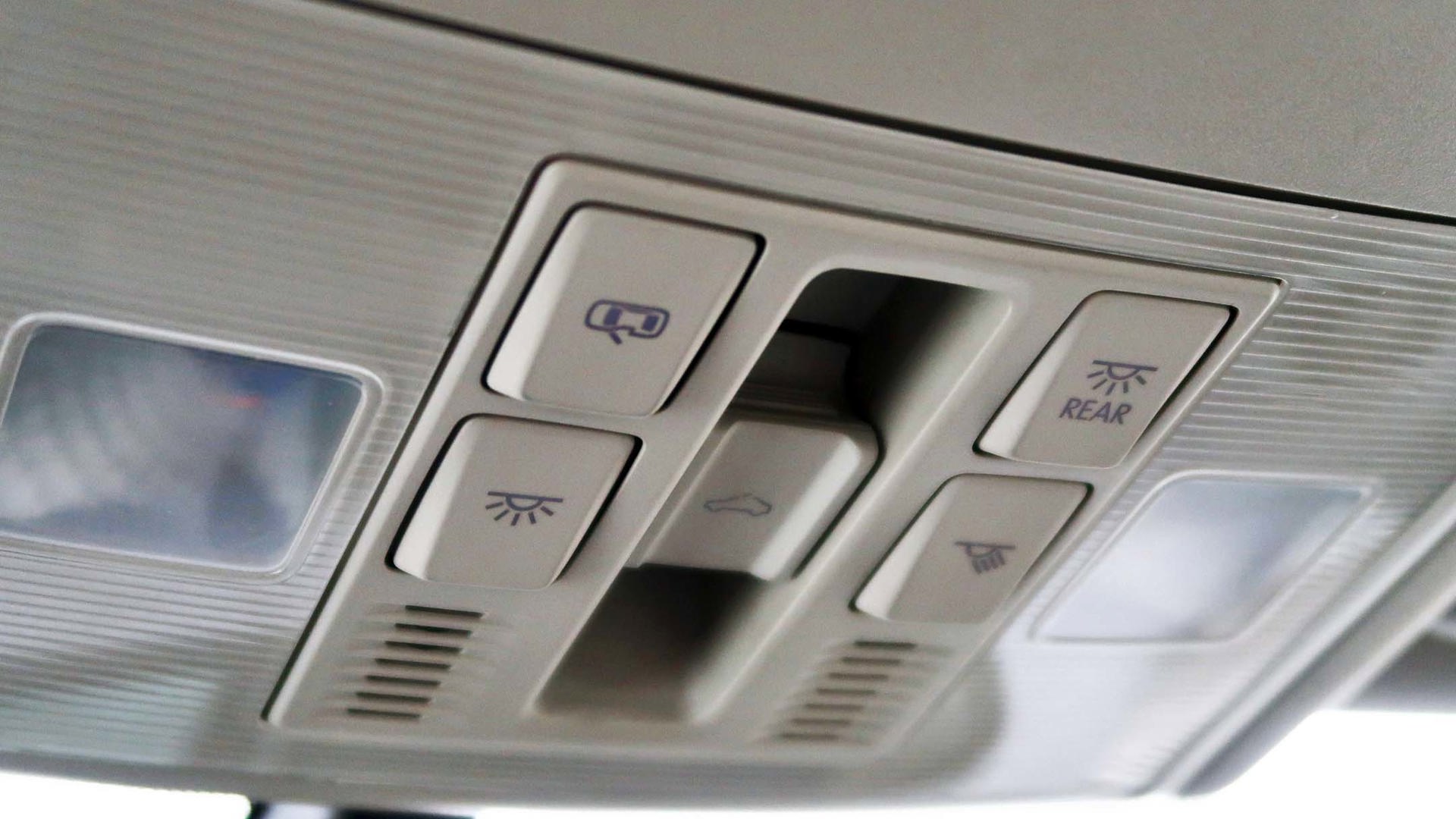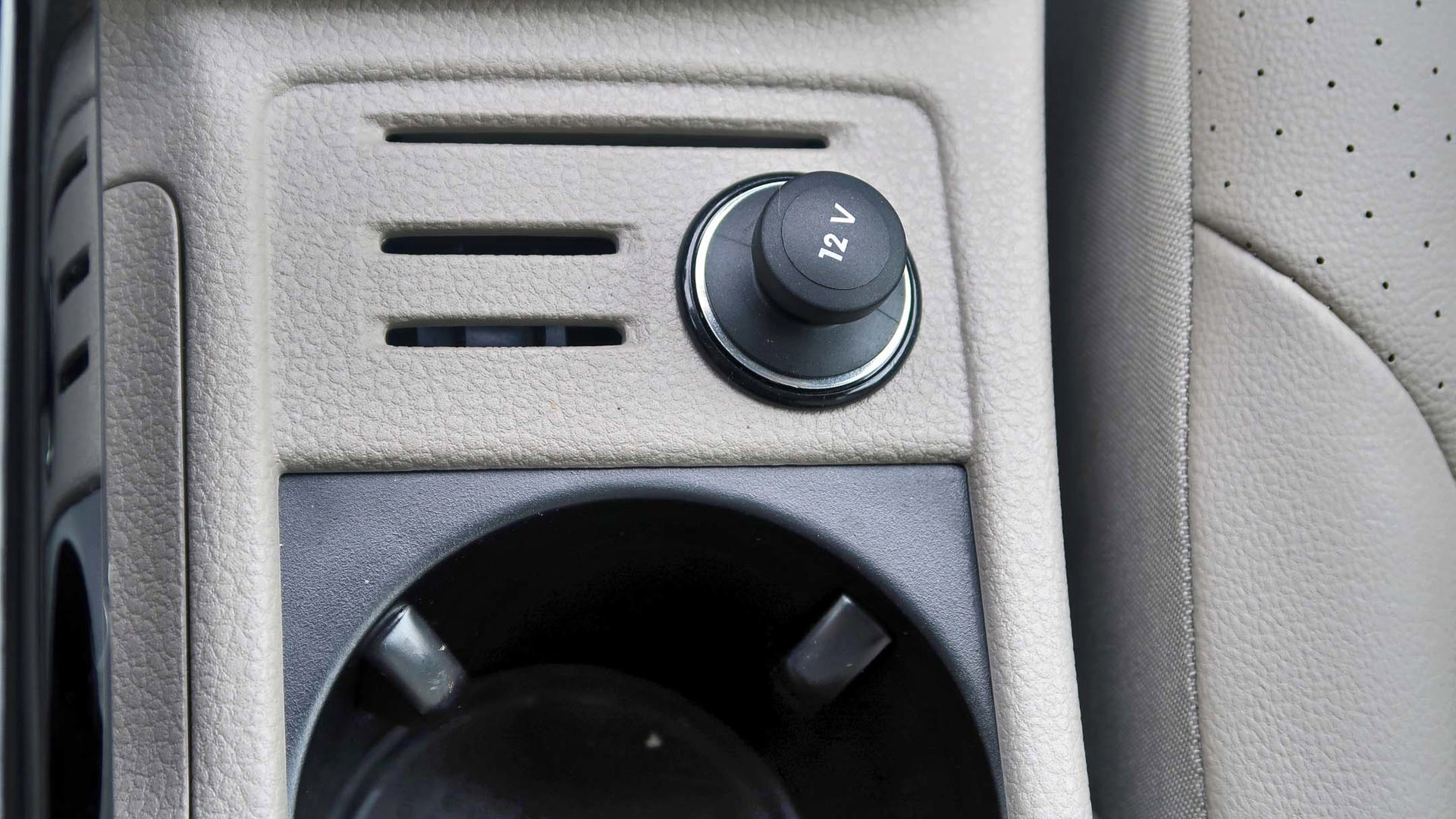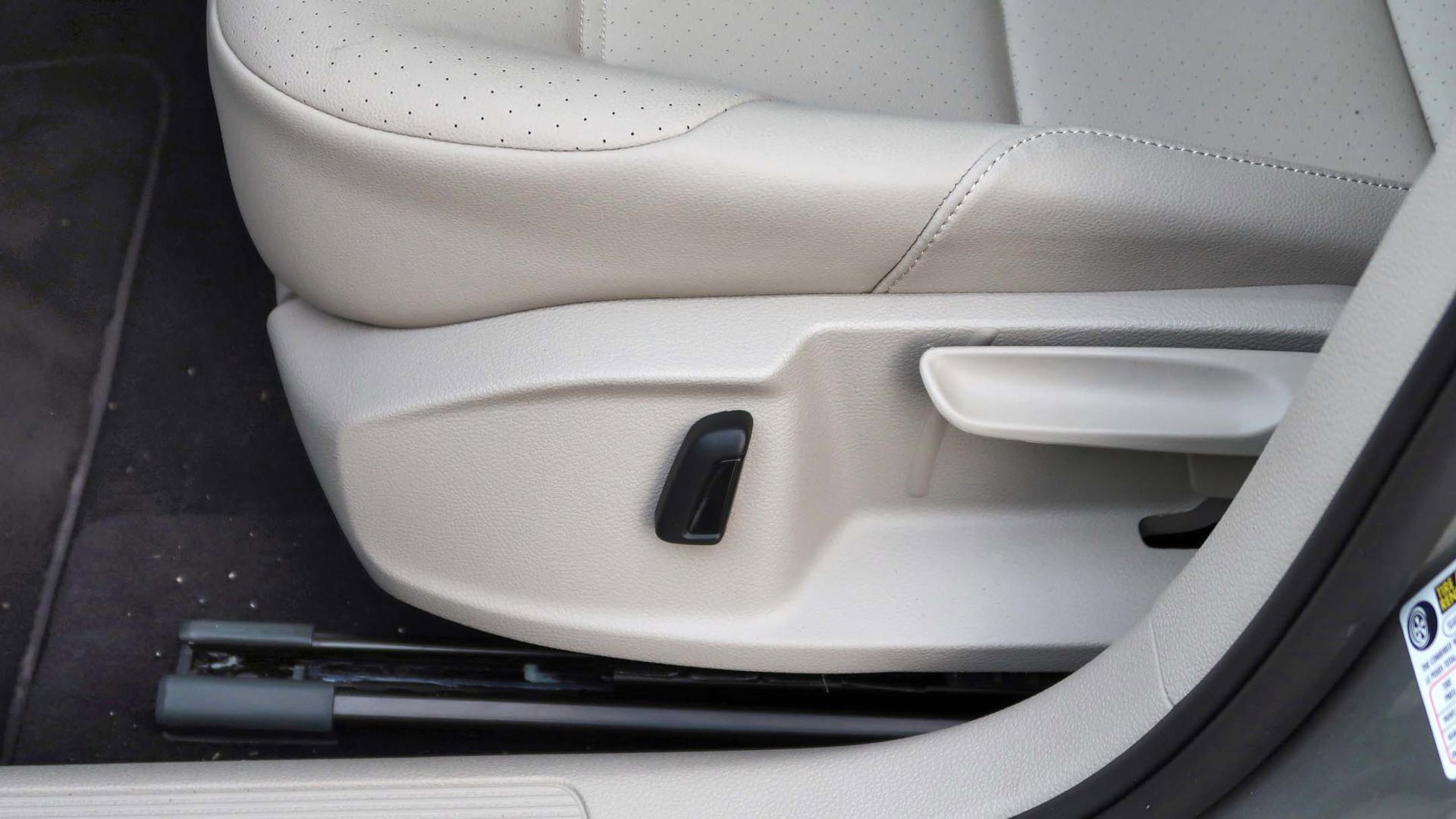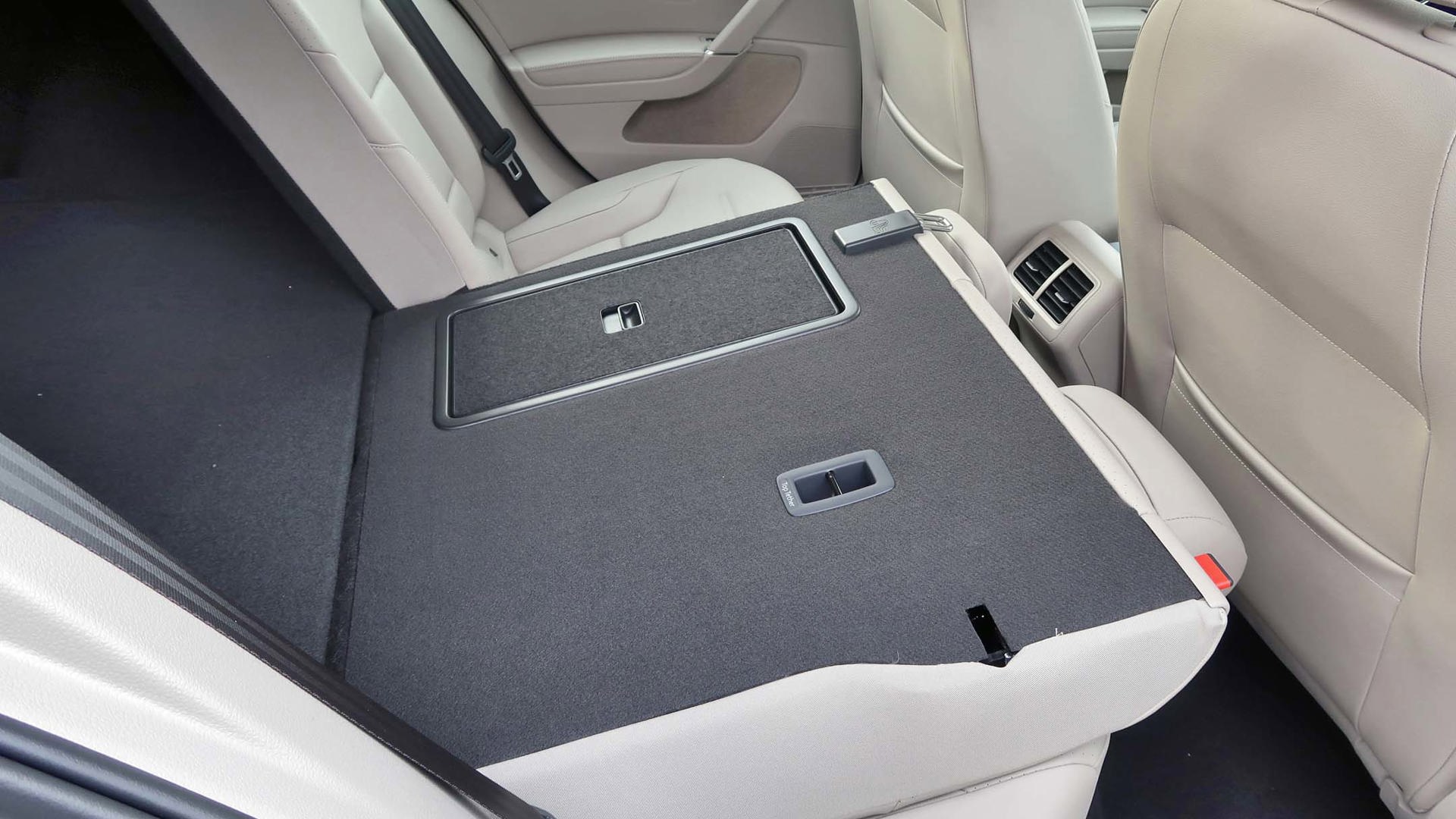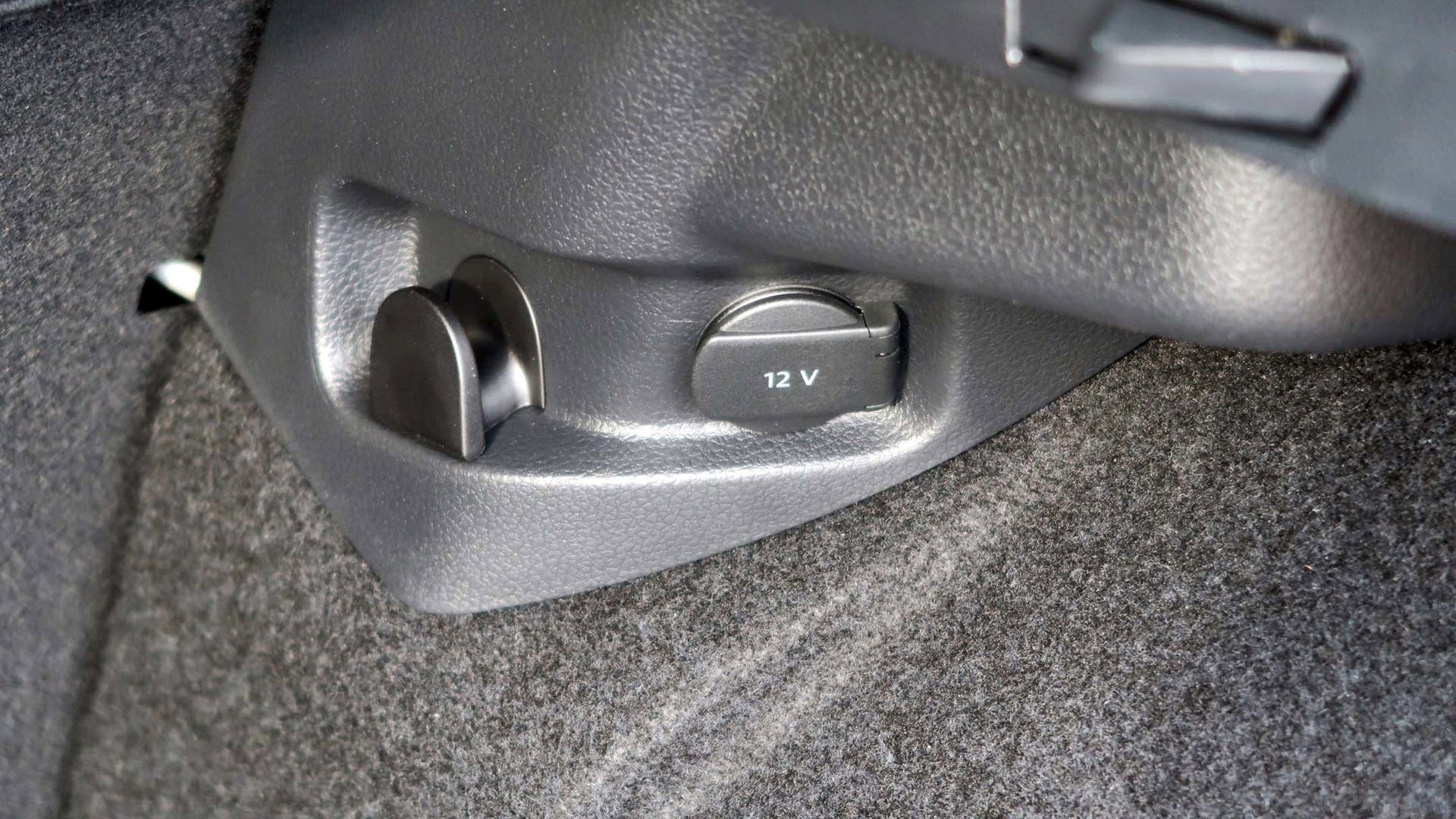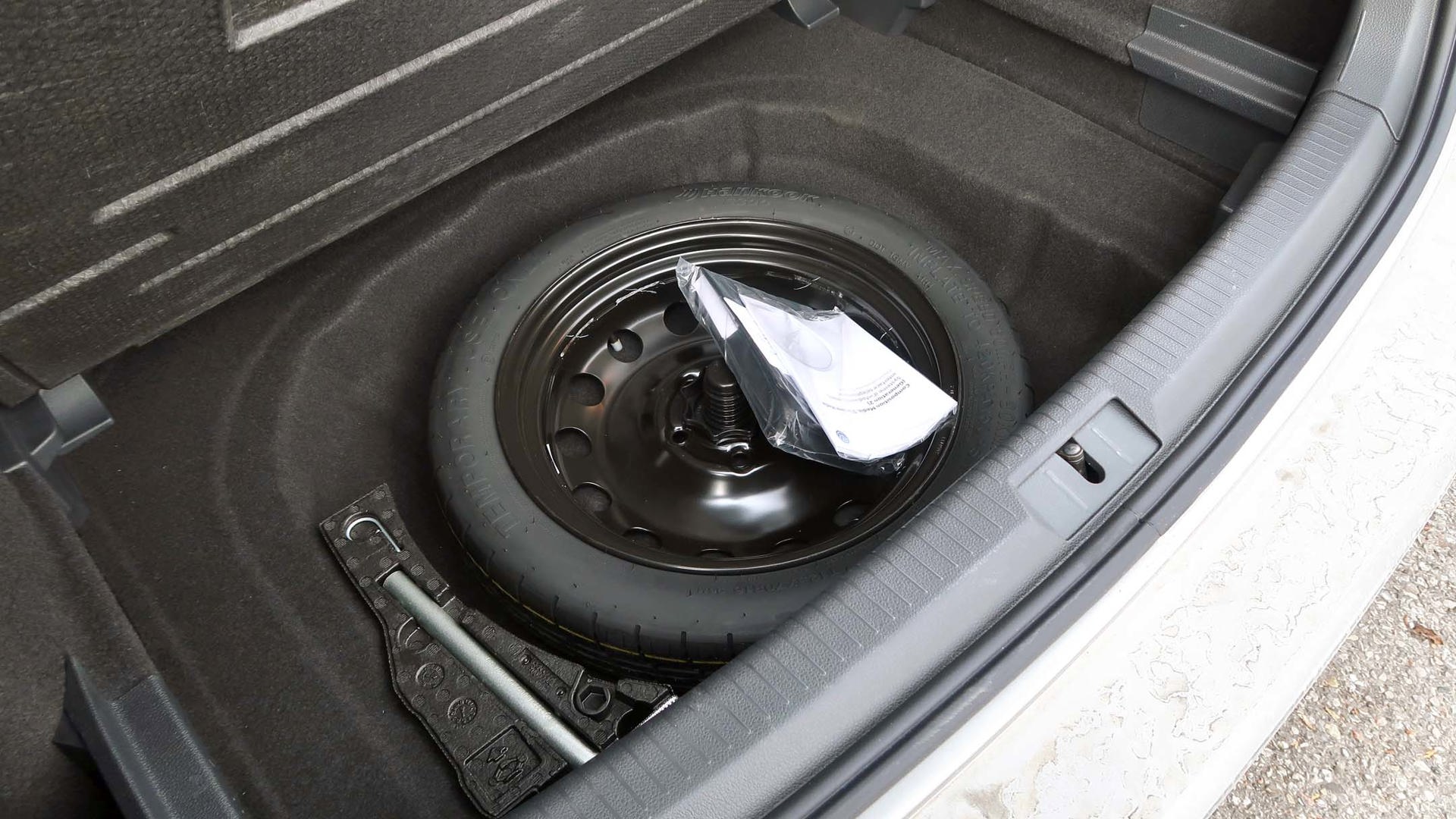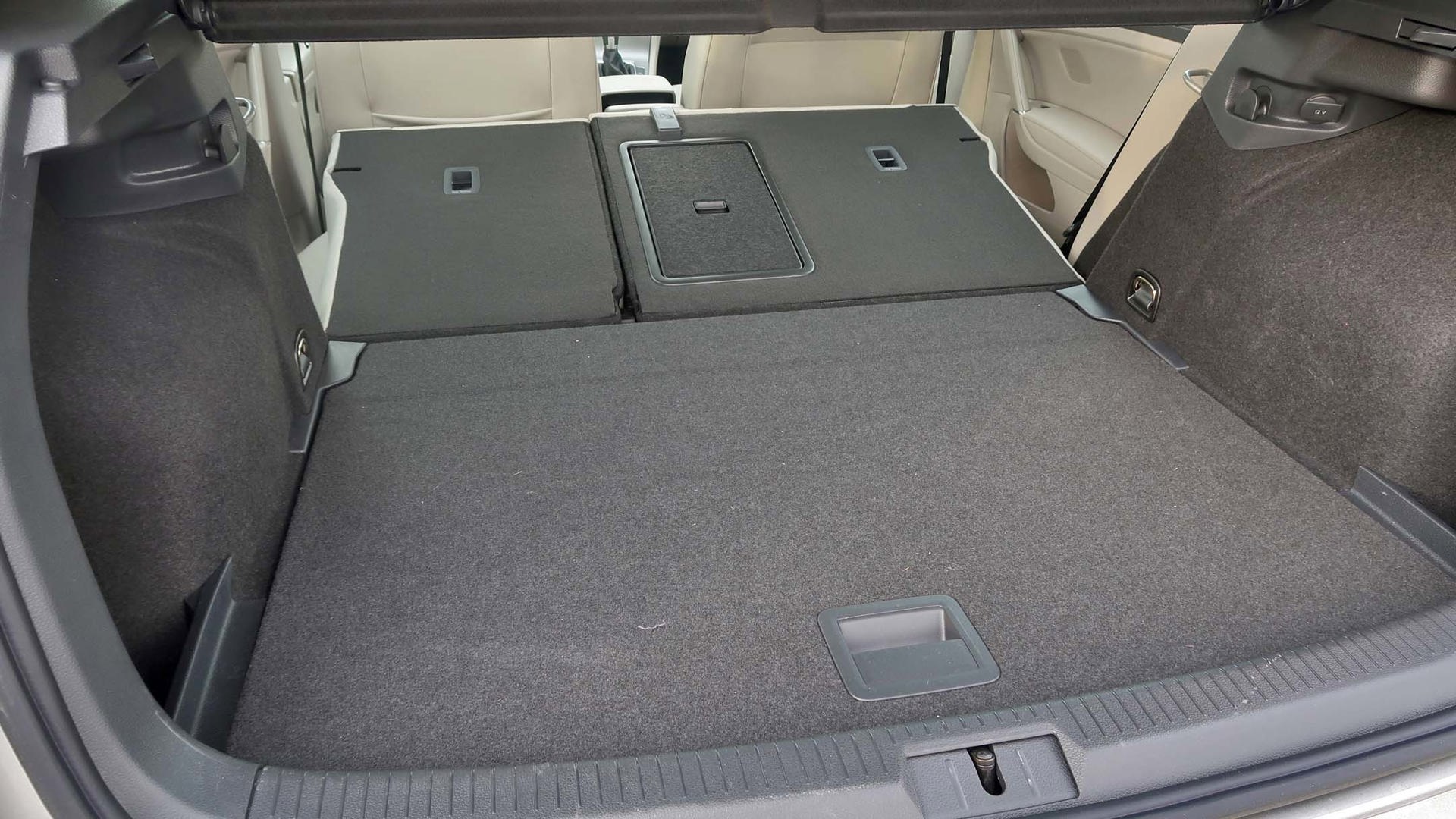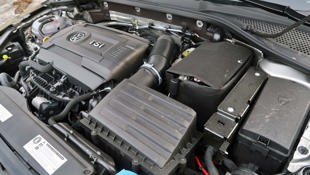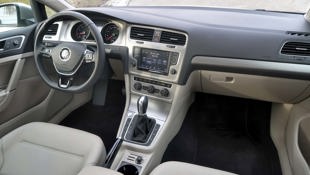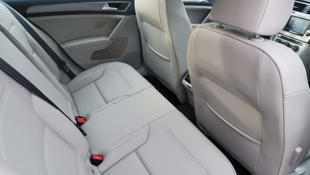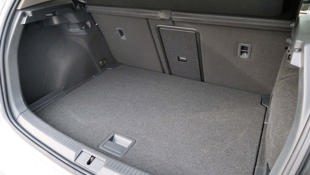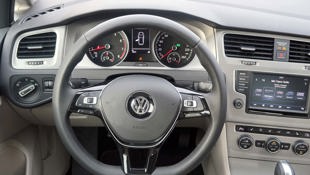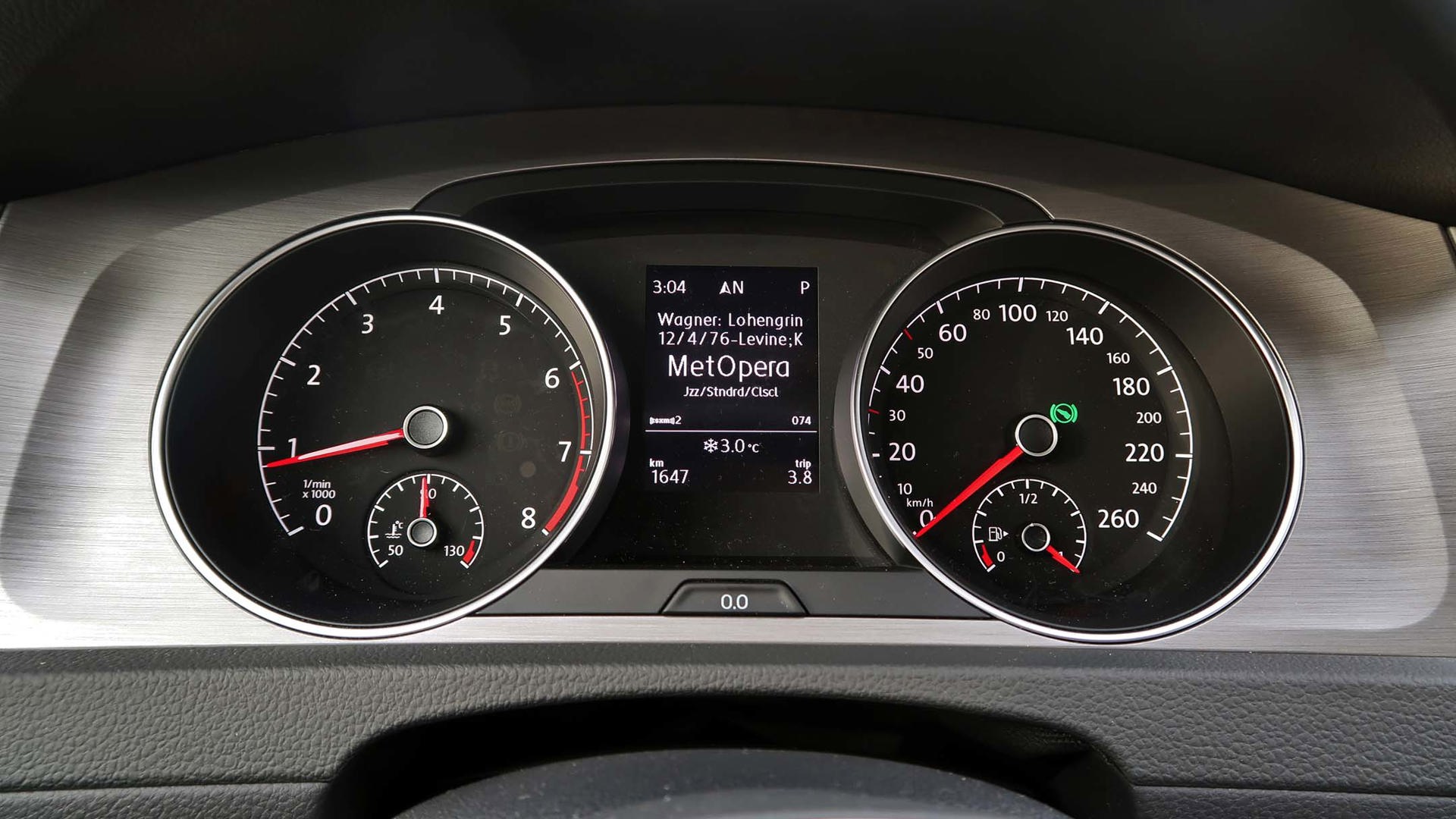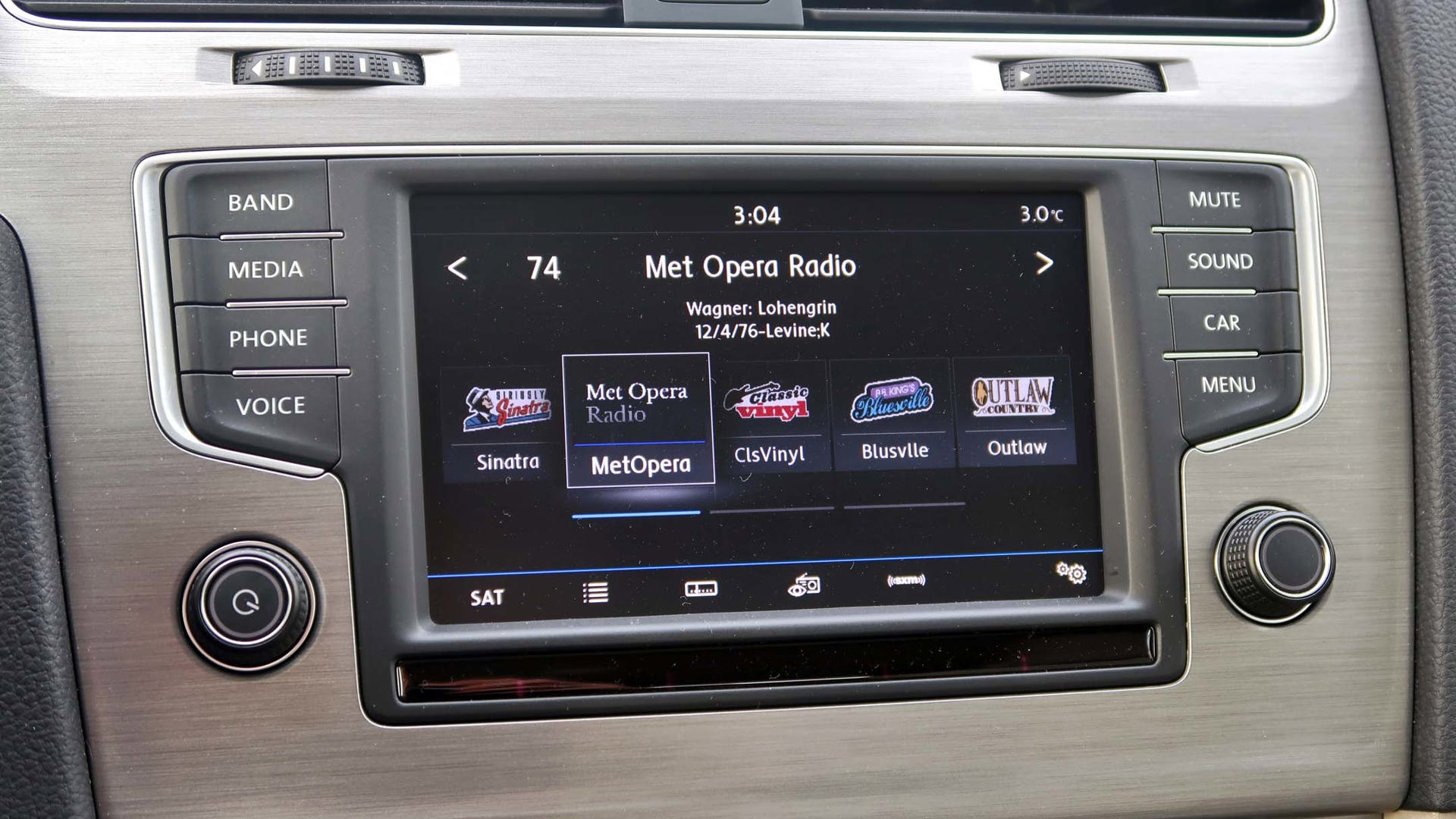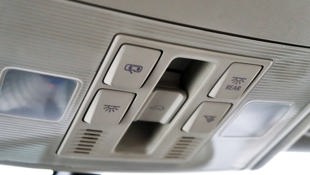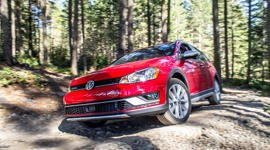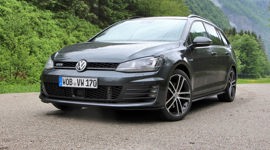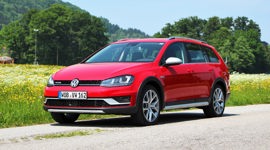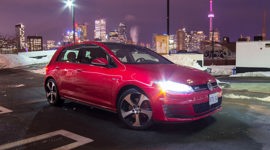Vehicle Type
Compact hatchback
Feels and rides like a pricier machine.
History/Description
With improvements throughout and selection to spare, Volkswagen launched the MK7 or 5G generation of Golf in Canada back in 2014 for the following model year.
On offer were upscale styling, an upscale cabin, and a nicely dialled-in driving experience. Both three- and five-door variants were available, and a new body structure made this generation of Golf bigger, more comfortable, safer, and lighter.
Look for feature content goodies including Bluetooth, a standard touchscreen infotainment system, a sunroof, heated leather, premium audio provisions, automatic climate control, push-button start, and plenty more.
Key competitors include similar hatchback variants of models like the Kia Forte, Honda Civic, Hyundai Elantra, Ford Focus, and others.
Engines
All mainstream Golf models from this generation were front-wheel drive, and turbocharged four-cylinder power was standard.
Common engine options include a 1.8-litre turbo four-cylinder, good for 170 horsepower. A 2.0-litre turbodiesel (TDI) engine was also available, as was a 1.4-litre, 150 horsepower four-cylinder turbocharged gas engine, which arrived later.
Both automatic and manual transmissions were available.
What Owners Like
The Golf is rated highly on most aspects of refined and comfortable motoring, with many owners reporting that it feels and rides like a pricier machine. Braking and steering feel are highly rated. Modern interfaces and displays, as well as a flexible cargo area, help round out the package.
What Owners Dislike
Some owners wish for more power from the Golf’s smaller engine options, and others wish for a more straightforward experience from certain aspects of the central command system. Confirming adequate rear seat space is advised, as some owners report insufficient room for larger passengers. Finally, some owners report difficulty in achieving the rated fuel consumption figures on models with the 1.8-litre turbo engine.
Pro Tip: Computer Scan
Check for software updates and diagnostic trouble signs, for maximum peace of mind. Have a VW technician scan the vehicle’s entire powertrain computer system, looking for signs of bad or wonky sensors, which may or may not cause a Check Engine light to illuminate. This check can be completed quickly, and may reveal potential issues that could cost you money.
Pro Tip: Software Updates
Work with the dealer to ensure all available software updates have been applied. Depending on the model year and equipment level of the Golf you’re considering, updated software may be available to improve or correct the operation of systems, including the touchscreen infotainment system, charging and electrical system, transmission (automatic), and more. If the Golf you’re considering was consistently dealer-serviced, it’s likely that any software updates have been applied already – though it’s worth checking to confirm.
The Test Drive
Check the Small Stuff
Many owners reporting their experiences online express minimal concerns with reliability or durability so far. Still, based on the experiences of a small group of owners, test drivers are advised to spend a few moments checking all accessories and equipment on board – including all steering-wheel-mounted controls, the fuel-door release mechanism, the tailgate release mechanism, all power windows, the windshield wipers and sprayer, and the folding rear-seat provisions.
Confirm proper operation of the infotainment system, after connecting your smartphone. Be sure to confirm adequate audio quality and functionality during both phone calls and streaming audio playback. If you note any issues, the head-unit may need a hard reset, or a software update.
Stick to Stock
Confirm that the used Golf you’re buying hasn’t had its remaining warranty voided by the previous owner. Some owners choose to modify their Golf, possibly to improve its performance, looks, sound, or handling. Here’s a discussion thread where some some common modifications are listed.
The average shopper is best to confirm that the Golf they’re considering has not been modified with non-factory parts or electronics by a past owner. Wiring modifications, engine computer modifications, and virtually any other use of non-factory components in the suspension, driveline or exhaust system could contravene local by-laws, negatively affect the durability of the vehicle, or even cause damage or wear that’s not covered by warranty.
Models sold with a “chip” or a “tune” to turn up power from the engine are especially suspect – as these modifications can cause engine damage and void any remaining warranty coverage. Note that some owners have also applied non-factory software to the transmission’s computer brain. This can also cause damage that’s not covered by warranty.
Dealers can detect the installation of non-factory programming during the warranty claim process, even if that programming is removed before the warranty claim is made.
Here’s some more reading on potential headaches caused by tampering with the Golf’s factory electronics.
Check the Cooling System
Some owners report a mysterious disappearance of engine coolant from their Golf over time – often evidenced by an extra-low reading of the coolant level on the reserve tank reservoir under the hood. On your test drive, check the coolant level, following the instructions in the owner’s manual. If the coolant level is low, consider having a technician check the engine for a coolant leak from the thermostat, and plan to continue regularly checking and adjusting coolant levels, as per the instructions in the owner’s manual. Only use VW-approved coolant.
Consider 2016 or Newer
Some owners have reported engine failure of early-build Golf models from this generation, possibly caused by failure of the turbocharger. This issue is very rare against total sales volumes, and typically happens at lower mileage, and is covered by warranty.
The owner’s community suggests that this rare but noteworthy problem was corrected by time the 2016 models hit dealer lots. These reports are not widespread enough to cause much alarm, though some shoppers may find extra confidence from buying a 2016 or newer unit.
Here’s some more reading. And some more.
Rear Suspension Issue
Some owners have reported unwanted noises or sensations from the suspension system of this generation of Golf, often at lower miles, and characterized by unwanted rubbing, squeaking, knocking, chirping, or rumbling sounds. Various causes are possible, including improperly manufactured or installed shock absorbers, sway bars, and bushings.
In some instances, owners have had suspension noise remedied with replacement parts under warranty. In other cases, removal, lubrication, and re-installation of certain components may be required.
In any case of abnormal suspension noise (use a rough road to coax this from the vehicle on your test drive), be sure to have the suspension checked by a professional, and report the issue to your dealer service advisor for assessment and documentation as soon as possible. This may speed warranty claims, if required.
Recall Work
So far, this-generation Golf has been subject to over a dozen recalls, to address latent safety defects. Many of these recalls apply to earlier models, from 2015 and 2016, though recalls do not necessarily apply to every Golf produced within a given model year.
Safety recall work is performed by dealers, free of charge, and intends to keep you and your family safe. Contact a dealer service advisor with the vehicle’s VIN, and ask which (if any) safety recalls might be outstanding on the Golf you’re considering.
Verdict
So far, this generation of Golf looks like a relatively solid bet. The more major issues reported by owners seem extremely rare in comparison to total sales volumes, and the more common issues are typically minor in nature, and easily detected and addressed.
Your single best defence against buying a potentially problematic used car is to have it inspected by a dealer technician before you buy. If that inspection (called a Pre-Purchase Inspection or PPI) delivers satisfactory results, you’re on your way to confident ownership of a small car loved for its upscale character.
Crash Test Results
IIHS: Top Safety Pick + (2015)
NHTSA: 5/5 Stars (2016)
